|
Come see Ruth’s work on Friday, March 3rd at the Foundry, 101 Rogers St, Cambridge, MA! Tickets are pay what you can. Reserve yours here today! Nicole Harris: You are a NACHMO pro by now. Do you have any advice for newcomers or those who have been nervous to take the NACHMO challenge?
Ruth Benson Levin: I would say to any newcomer, just relax and enjoy it! It’s the most supportive, low pressure artistic endeavor you could ever do. And it’s a good place to try something you’ve always wanted to try. Plus, if you choose to perform, you get an audience provided for you, which as a choreographer is a wonderful gift. N: For most of your past NACHMO experiences you worked with your longtime collaborator, Lynn Modell. Due to her schedule she won’t be with you this year. (We will miss you, Lynn!) Can you talk a bit about what you will be doing this year? RBL: I am creating a solo for a a dancer named Amy Caine. We’ve gotten to know each other as we both dance for Lynn Modell. Amy was also in one of my pieces for across the ages several years ago. Amy has chosen the theme for the dance and we are going to work together on the movement. N: You made a joke during your conversational application about working with a younger dancer and the things that your body no longer does. As more and more of the dance world is moving away from the idea that all dancers must be young, skinny, and bendy, what advice do you have for choreographers working with artists whose bodies have different abilities than their own? What are some of the tools you are using to communicate what your vision is besides demonstration? How are you creating in a way that leaves room for translation and interpretation by different bodies? RBL: Amy told me she likes to “fly high and fly low”. Meaning, she likes to roll around on the floor and leap in the air. I can do neither of these things anymore. But I am determined to try to come up with movement that will be satisfying for her. I’ve asked her to create some movement motifs based on words that describe our theme. I like choreographing when I get to start with somebody else is movement rather than my own.
0 Comments
Learn more about NACHMO Boston and take the #MonkeyhouseNACHMOChallenge by following us on Instagram! Nicole Harris: This is your first time doing NACHMO together. (I believe this is Teresa’s first NACHMO!? WELCOME!) What are you most nervous and most excited about the experience of creating work in a month? A&T: We’re so excited!!! Alexa: We’re using a large prop for our piece, which is always a challenge in itself, but creating a piece around it in a month adds an extra layer of difficulty! I’ve had the concept for this piece for about 8 years now so I’m stoked that I can finally put my thoughts to action. Teresa has a WILD passion and drive for dance that I admire so much and I’m thrilled she’s co-parenting this concept with me. Teresa: I’ve been aware of NACHMO for a few years now and it’s just never worked out to participate until now! Alexa reached out and asked if I’d be interested in collaborating on a piece and I took it as my sign to just go for it this year. I’m really looking forward to getting in the studio and exploring both working with a prop and working in this partnership. N: How did you meet? What made you decide to collaborate this year? How will your collaboration begin? A&T: We actually only met 4 months ago at auditions for OnStage Dance Company! Alexa: I’ve never seen anyone submit choreo and do FIVE pieces in their FIRST season at the company. We were in a small piece together this season that involved partnering, which is how we got to know eachother better…except that we weren’t actually partnered together! I noticed a lot of similarities in our quality of movement and I was like “I gotta work with her!”
N: Teresa - When you signed on to the conversational application you were listed as ASL Interpreter instead of just your name. Are you, in fact, an ASL Interpreter? If so, how did that come about? Are there ways that you feel speaking ASL impacts you as a choreographer and/or a dancer? Teresa: Yes, I’m an ASL Interpreter! I went to college to become an interpreter and have been working professionally for about 5 years now. During my career I’ve actually had the privilege of working with many talented Deaf dancers and performing artists which has definitely widened my worldview about what dance can be. I enjoy the visual movement aspect that ASL, dance, and choreography all embrace. N: Monkeyhouse and NACHMO Boston believe that we wouldn’t be here without the support of our community. Who is one of your favorite local choreographers and why? Alexa: I’ve been a big fan of Nozama Dance Collective for years and I’m always fascinated by their work. Every time I leave a show, I feel inspired to create something. By Nicole Harris
Nicole Harris: This is your first time choreographing for NACHMO. (WELCOME!) What are you most nervous and most excited about the experience of creating work in a month?
Libby Bullinger: Thank you for the welcome! The element of NACHMO Boston that stands out to me in particular is the amount of mentorship opportunities involved. As a fresh-out-of-college choreographer, I have definitely struggled with the transition from strictly laid out assignments, weekly choreography classes, and constant peer and faculty feedback that I received in my dance department to being an independent choreographer with free rein and minimal creative feedback. NACHMO has opportunities for group meetings, individualized mentorship, and peer-mentoring that seem to simulate the environment I learned to choreograph in. I anticipate this month will help ease my personal progression from student to working in the professional world. I’m, of course, nervous that my choreography won’t be “good enough” or “up to standard,” but I have come a long way in terms of how I frame my own achievement. I look forward to this journey being about the process of creation and a catalyst for creativity, with some guidance along the way from a variety of sources. Low stakes, huge opportunity for growth and fun! N: You returned to Boston during Covid after your college graduation. What made you want to come back here? What have you been doing since you returned? LB: I’ve always loved Boston, and as soon as I realized I didn’t want to pursue dancing professionally I knew I wanted to move back to my favorite city post-graduation. There are so many opportunities for creative humans here in Boston, and I have been jumping at every chance I can to get reconnected with the arts community after four years away at college. Dance education and choreography are my passions, so I have been teaching dance at studios around the city and started my artistic collective, Dance LAB, over the summer. Since then, my work has been performed at two separate events: at the Dance for World Community Festival and as a guest artist in Nozama Dance Collective’s DISSENT show. I can’t wait to keep creating and learning from the artists around me, and NACHMO is the perfect combination of those goals with a friendly push to get to work! N: Having started your career during Covid how are you building community in Boston. How can programs like NACHMO Boston help artists who are starting out in a Covid world? LB: I’m a people-oriented person, so the physical limitations that COVID placed on interactions, especially creatively, definitely impacted the way that I approach choreographing. My goal as an emerging choreographer is to make as many connections with other creative people as I can. One resource that has been invaluable is my membership with Boston Dance Alliance. I was able to attend their Open Call Audition and discovered some incredible dancers that I get to work with in my piece for this year’s NACHMO performance! Word of mouth and social media have also been great catalysts for growing my own network. Of course, the concept of the location-based NACHMO chapters is another example of fueling meaningful connections among the dance community, and I am eagerly awaiting the chance to work with this year’s cohort of choreographers. COVID definitely altered our perspectives on the idea of community, so involvement in community-based programs like NACHMO is a way to reenter that aspect of the creative process. N: Monkeyhouse and NACHMO Boston believe that we wouldn’t be here without the support of our community. Who is one of your favorite local choreographers and why? LB: This summer I saw KAIROS Dance Theater’s work in progress showing of “Folktales, Fables, and Feasts.” The athleticism and variety of the dancers’ movement was astounding, and their ability to convey the plotline of the opera fit right in with their collaboration with RenMen. I can’t wait to see the premiere this year!
Learn more about NACHMO Boston and take the #MonkeyhouseNACHMOChallenge by following us on Instagram! Nicole Harris: This is your second time doing NACHMO. (WELCOME BACK!) What did you learn through this process last year? What do you hope to do differently this year?
Carli DiMeo & Claire-Solene Becka: Thank you for having us back! We are so excited. Last year, we worked on a piece about laundry; from this experience, we learned about the intricacies of everyday or quotidian movement and gestures. The mentoring session was crucial in our understanding that domestic labor like laundry is so evocative and at times contentious. As we are again working in a duet, we hope to lean into the vulnerability and intimacy of our connection as perceived by the audience. N: For last year’s NACHMO you did a piece centered around laundry. There have been several other artists recently looking at invisible labor (including NACHMO Boston mentor Kim Holman’s Common Circus) in their work. Why do you think that is such a relatable theme in our community at the moment? CD & CSB: With COVID-19 and the following lockdown, our lives were suddenly jammed into our homes. Zoom invited the outside world inside our homes, and so invisible and domestic labor became increasingly visible. Now the boundaries between traditional work and domestic labor are blurred as people work remotely – we ourselves do our laundry in between (or during) meetings! N: Your laundry piece, Did You Check The Dryer?, was based around the use of props (socks and a laundry basket). Will you be working with props again this year? How do you decide where to begin when starting a new work? CD & CSB: We will not be working with props again though we are considering having a musician on stage with us – and therefore be part of the piece! Last year, we began by journaling on the theme of Lost and Found, which is how we arrived at the idea of using socks on stage. This year, we are doing a “physical journal” based on some images we have collected to explore how those shapes manifest in our bodies. This will be the basis of our movement vocabulary. By Nicole Harris
Learn more about Jessica and her work here. Learn more about NACHMO Boston and take the #MonkeyhouseNACHMOChallenge by following us on Instagram. Nicole Harris: For NACHMO this year you are choosing a non-performance track. How do programs like this benefit your process? Are you working towards a specific project outside of NACHMO that you are using your NACHMO time for? Or is this purely exploratory?
Jessica Roseman: NACHMO is the perfect reboot for the start of my year. I love its casual creativity, playfulness, and the supportive environment. This year, I am combining several repertory dances into one longer piece, and I am playing with an interactive installation concept. At this point, both projects are in exploration phases, as I have yet to figure out where or when they will actualize. N: If this is purely exploratory, or in other places without a clearly defined end product, how do you make sure the process is meaningful? JR: Working by myself, I have zero tolerance for tortured process. Alone, I am responsible for meaningfully shaping my work to suit my vision. So I think a lot about what motivates me to dance, what excites me. I am inspired to use stories from my family and identity, by using my senses, and my location. N: What are your tools for prioritizing process at least equally to product? JR: Scheduled time in the studio. In rehearsal, I set my stopwatch for 5 or 20 minutes, for example, to play out a beginning, middle, and end around an idea. I may do timed dances several times throughout a rehearsal. Often the dance is aimless; some sessions I choose to do nothing. Sometimes I phone a friend in rehearsal, or bring in stimulating props for encouragement. Regardless of what happens, by putting in my studio time, I can trust that my process is growing the dance. Over enough weeks, I come to understand a sense of the story I am shaping. Inevitably, I develop a dance I can live in. My process becomes product. N: You’ve built three distinct pieces for fairly high profile programs in the last year. Do you have any advice for choreographers to care for themselves in the midst of those high pressure situations? JR: Choreograph wellbeing into your dance. If the piece is emotionally or physically taxing, put a recuperation section in there, or creatively modify the action! Work with things, people, costumes, music that make you happy. Bake care into your artistic process and business practices - schedule daily writing, life coaching, affirmations, play, and rest time to keep grounded. Surround yourself with people who you easily share with and trust. Be honest with yourself. Don’t be afraid to say no, or to ask for what you need. N: Thanks to a conversation from you a few years ago we started offering childcare during mentoring, tech, and performances for choreographers who need it. Are there other ways that programs like NACHMO Boston can be supporting artists who are parents? JR: One of my biggest challenges as a parent is balancing my time and energy. I really appreciate how NACHMO offers flexible options in scheduling dates for mentoring sessions, and how to participate. I would love programs for parenting artists to consider offering open, cumulative scheduling, allowing the artist to choose a schedule that works for them. It would be ideal if other programs asked accommodation questions to parent artists up front, even if they’re unable to provide. Parents need to feel welcomed to ask for support; so thank you for asking! N: Monkeyhouse and NACHMO Boston believe that we wouldn’t be here without the support of our community. Who is one of your favorite local choreographers and why? JR: The work of Laura Sánchez really resonates for me, among many other local choreographers. Laura is creating new ways to incorporate all aspects of her being in her dances, including beyond her expertise in flamenco. I am excited to see what she’s doing next! By Nicole Harris
Learn more about NACHMO and take the #MonkeyhouseNACHMOChallenge by following us on Instagram! Nicole Harris: You are a NACHMO pro by now. Do you have any advice for newcomers or those who have been nervous to take the NACHMO challenge? Marissa Chura: Remember that NACHMO Boston is one of the most welcoming and supportive dance communities around! No one is being competitive with each other, or trying to tear anyone down. Something I love about NACHMO is that there’s no hierarchy among the participants- everyone has something to offer, everyone’s contributions and creations are valued and appreciated. Also, don’t put too much pressure on yourself! That’s something I have to remind myself a lot when choreographing, and it’s especially true in NACHMO. This whole process of creating something in a month can feel really intimidating, and it’s easy to get caught up in the idea of creating that “perfect” final product- and for me, that’s not what NACHMO is about. Don’t get so stressed about your final piece that you miss out on the overall experience, because this really is such a great opportunity to experiment with movement and connect with so many other artists. N: You generally create solo work for NACHMO. What draws you to creating for yourself? How do you keep yourself feeling connected to a community when your rehearsals are just you? MC: For NACHMO specifically, one reason for solo work is just practicality- this is a very fast-paced endeavor and with my current schedule and location, it just makes more sense to create solo work than to try and coordinate with a group. On a more general note, I’m often drawn to creating solo work because it gives me an opportunity to explore movement that feels satisfying in my own body. Sometimes in a class or rehearsal for something, you’ll find that one movement that just feels really satisfying, but then you might have to move onto the next thing without getting to explore that movement as much as you might want to. So I guess in a way, creating solo work is my “me-time” when I get to revisit those sensations that interest me and keep digging deeper into them. It’s an opportunity to focus on what feels good to my body, and then figure out how to build more movement around that. I think NACHMO Boston makes it really easy to feel connected to the community even when I’m creating something by myself. There are so many opportunities to directly connect with other people, especially through the various mentoring opportunities. I love group and peer mentoring. It’s always so interesting to hear about other people’s processes and see what they are working on throughout the month, and it’s just a great opportunity to connect with other local artists! Another thing that helps me feel connected is the daily prompts. I don’t necessarily use all of them for my actual piece, but I definitely like to play with them. To know we’re all getting the same daily prompts to play with, and then to be able to see how other choreographers are interpreting the prompts through social media, makes me feel really connected to the larger NACHMO community. MC: I’ve been really grateful this past year to be able to present my work in some different places. I took the solo I created for NACHMO 2022 (“Intentions, or Lack Thereof”) to the Salem Arts Festival last summer as part of their Tiny Dance Stage series. That was a really interesting experience adapting that solo for that particular setting- taking a relatively somber piece that I initially performed on a full stage with low lighting, and then performing it on a 4’x4’ wooden platform outdoors on a sunny day. I also recently collaborated with Chloe Carlson of GUSTO Dance on a duet called “Dialogue…Or Who’s in Charge Here?”, which we presented in Metamorphosis Dance’s Works in Progress Showing in December. That piece is heavily driven by audience interaction and includes elements of humor and improvisation/adapting material on the spot, which is very different from the work I usually present. That’s something I’ve had a lot of fun working on, and we’re now looking for opportunities to expand the piece and continue performing it together, so I’m excited to see where that takes us!
As far as next steps for me: I have this piece that I’m creating now for NACHMO, which I wish I could say more about, but if I’m being completely honest, I still know very little about what the final product is going to look like. Which would have stressed me out a lot in the past, but right now I’m kind of excited that I have so many different ideas of where I could be going with this. I guess we can all be surprised together when the live performances happen (March 3rd-5th)! I’m also in my second season of dancing with Urbanity Underground, and we have our Creative Class show coming up Feb. 17th & 18th. We’ll be performing new work created by members of Underground, as well as Urbanity’s Junior Apprentices. Other than those performances, my main goal for this year is just to push myself to choreograph and create more. I’m excited to see what the year will hold! N: Monkeyhouse and NACHMO Boston believe that we wouldn’t be here without the support of our community. Who is one of your favorite local choreographers and why? MC: There are so many incredible local artists that it’s hard to choose! One of my personal favorites is Duets for a Lifetime- Lynn Modell and Ruth Benson Levin. The first time I saw their work was NACHMO 2021- they created a dance film called “Basement Airlines” that still makes me smile every time I think of it. Their work is really clever and full of surprises, and you can feel the genuine connection and friendship between them when they perform together. If you haven’t seen their work yet, definitely check them out! By Nicole Harris
Nicole Harris: Madison, this is not your first time participating in NACHMO. What did you learn last time that will help you this time around? Is there anything new that you are doing this year? Madison Florence: This year is my third year participating as a choreographer. Last time, it was 2021 and we were creating entirely for video. Choreographing for the stage feels very different and I became very comfortable performing and creating for an audience I could move and choose what angle they could see the piece from while creating video. I'm doing a little unlearning of that this year but I am excited to do some partnering, get creative with music, and push the boundaries of my comfort zone. N: You will be collaborating for NACHMO this year. Is this the first time you’ve created together? How do you know each other? How will you begin your collaborative process? MF: This is our first time creating together but not the first time dancing together. We are both dancers with Nozama Dance Collective and became fast friends since the day we first met. Lucky for us our thoughts are very aligned and developing a concept was a simple conversation. Sarah Ready: Yes, this is our first time creating together but we have been fortunate enough to dance together with Nozama Dance Collective. I met Madison when I auditioned for Nozama and instantly hit it off and found that we work very well together. We began our collaborative process by having a seamless conversation where our concept was developed. N: The last few years have been challenging for everyone, especially in terms of creating and connecting. What have you been working on to get you through Covid and how have you been staying connected? What did you learn from that time that you’re taking with you as we find our new normal?
MF: COVID has been tough to maintain connection but I am very grateful to have a dance community to have met virtually and safely in-person for regular rehearsals and video dance projects. I've learned I can't do as much as I used to and I need to slow down to take care of myself and enjoy the things I am doing. There's plenty of time and there is no reason to rush or over do it. SR: Covid pushed me to make some changes in the communities that I keep. I found dance communities that provided safe rehearsal spaces. Movement is a big part of who I am, so being able to connect through dance in safe spaces was very beneficial to me. That time taught me to take a step back and see what is not working. It taught me to seek out communities that share similar interests and provide support. N: Monkeyhouse and NACHMO Boston believe that we wouldn’t be here without the support of the community. Who is one of your favorite local choreographers and why? MF: I can never pick just one but currently I'm loving the energy and perspective Brett Bell brings to the stage. SR: One of my long-time favorite local choreographers is Lacey Sasso because of the effortless feel she gives to her movement. You can truly see her passion for dance shine through as she captivates her audience. by Nicole Harris
Learn more about NACHMO and take the #MonkeyhouseNACHMOChallenge by following us on Instagram! Nicole Harris: This is your first time choreographing for NACHMO. (WELCOME!) What are you most nervous and most excited about the experience of creating work in a month? Katrina Conte: I have been wanting to create a piece based off the Dr. Seuss book Green Eggs and Ham for awhile now and I’m excited to explore some abstract funky movement to match his whimsical book. I'm nervous about completing a piece in a month that I feel is complete, but I am trying to think of this show as a test run before it's shown again in our ALIVE show in April. N: You are choreographing this year as part of Alive Dance Collective and your piece will be inspired by their season theme of books. Can you tell us about what book you’re using and how you’re planning to use it? What first drew you to the book? KC: I was first drawn to this book when I went to see How the Grinch stole Christmas the Musical touring at my university a few years ago. There was a fun fact page about Dr. Suess in the program and it mentioned he only uses a total of 50 words rearranged to create the story of Green Eggs and Ham. This sparked an idea! I will be generating a move for each word in the story and choreographing it in the structure of the book. I am also having my musician be inspired by a similar idea. N: In addition to dancing for Alive you have worked with The Click and Kim Holman in the last year. All of those choreographers have very different practices. What have you learned about your own choreographic process and how has it changed through 2022?
KC: I have also danced with Kairos Dance Theatre within the last year! My choreographic process has become a lot more collaborative with the dancers I'm working with. I have also learned it's okay to not know where you're going and trial and error leaves room for exploration and new ideas. I have noticed recently that I am very inspired by literature and using it to explore words and phrases in movement to create my works. N: Monkeyhouse and NACHMO Boston believe that we wouldn’t be here without the support of our community. Who is one of your favorite local choreographers and why? KC: I am still new to this city and would say I haven't seen enough work from different choreographers to have a favorite. But two Choroeghers whose work I admire are Shen Wei (NYC Based) and Rosie Herrera (Miami Based).
Learn more about NACHMO and take the #MonkeyhouseNACHMOChallenge by following us on Instagram! Nicole Harris: It’s so exciting to have you back to NACHMO! We have certainly undergone a lot of changes since you were with us in 2020. What have you been doing during that time? How do you feel your practice has changed? What things have you discovered to be vital to you and your work? Jo Troll: It's exciting to be back! NACHMO 2020 was actually my last live performance before the lockdown. I think that's the real change that's happening. I struggled a lot during the pandemic and had to refocus much more on my teaching instead of performance. In terms of creation and performance, I feel like I'm just coming out of a multiyear hibernation. This pandemic has taught me a lot in terms of the value of virtual work in terms of accessibility. I never thought that I would teach only on zoom, and yet, I see how much the virtual world has allowed more people to be able to access dance. Now, I'm trying to bring these lessons into my solo creative practice as well. I'm playing a lot more with video and the idea of performing live in a virtual way. I've been thinking a lot about space recently - my main rehearsal space is still my bedroom. So what does it mean to see a space differently or experience a space when we're not physically in it? N: You have a background in a variety of traditional percussive dance practices. Can you tell us a bit about what you’ll be working on for NACHMO this year? JT: Nothing noisy or virtual! I'm working with Irish light shoe dancing, which can feel very percussive but doesn't have the accompanying sound.I'm not quite sure what it is I'm actually doing yet, but it seems to involve a chair. I've always been fascinated by how music for dance can change our perception of time and that has been my main starting point. I struggle between the desire to simply dance and the need to say something with my dancing. I'm a trans, aroace, disabled Irish dancer and if I don't frame my work, someone else will do it for me and usually miss something important. But sometimes, I just want to put on good music and dance. I think that tension is an underlying theme in my work at the moment. N: Your practice focuses on building connection and community and creating safe spaces for queer dancers. How can programs like NACHMO help support this goal for you and others?
JT: NACHMO already does a lot of great work in terms of just being able to build connection with other dancers. I'm really excited to see the new (to me) peer mentoring system, as just a great way to build connection. Similarly, I'm impressed by building up the diversity of mentors. Feedback is such an important thing for creators and can become so fraught because it becomes so tied up in personal aesthetic and identity. NACHMO has done great work in building up a body of mentors who have the experience and skills to serve a large group of dancers. The main way organizations can support queer artists, particularly trans dancers, is not to settle. You have a trans choreographer? Awesome! What about two or three? And, more importantly, are they happy? Can you make their time here more comfortable? As someone who has been the "only one", nothing makes me more uncomfortable than being the excuse for an organization not to continue working on queer inclusion. And of course, queer dancers are all around doing incredible work for our dance community. How can you support the work already happening? N: Monkeyhouse and NACHMO Boston believe that we wouldn’t be here without the support of our community. Who is one of your favorite local choreographers and why? JT: Choosing one is very hard, but Kieran Jordan, my teacher, has always been at the top of my list. Kieran has been central Irish dance for so long and done such incredible work in that time. By Nicole Harris
Curious about aMaSSiT? Applications will open soon for the next cohort! More information will be available at The Dance Complex’s website! Learn more about NACHMO and take the #MonkeyhouseNACHMOChallenge by following us on Instagram! Nicole Harris: This is your first time doing NACHMO. (WELCOME!) What are you most nervous and most excited about the experience of creating work in a month? Tess Liddy: I’m most excited to be creating with a group of dancers who I really love and respect! I’m also excited to have gotten permission from the artist of my song to use it; as it was my top most played song of 2022, it feels like a great way to start 2023. I’m most nervous about creating a jazz piece in such a short time. I’ve created contemporary pieces in a crunch before but I’ve recently become much more interested in jazz dance and upbeat songs. I haven’t ever choreographed jazz so it’s a double challenge to choreograph jazz and to do it in a month! N: You are relatively new to the Boston area. Where did you come from before here and what brought you to Boston? TL: I grew up in Plymouth, MA dancing since I was 6 at Center Stage Dance Academy in Sagamore, MA. I went to undergrad in Madison, NJ at Drew University which is where I first choreographed! The pandemic closed everything during my senior year and I returned home to live with family on Cape Cod. After a year of working on Cape Cod, I was offered a job teaching for the Boston Public Schools and I made the move in July 2021! I now live and teach in Dorchester; I teach 7th/8th Grade Applied Behavior Analysis. Working for the public school system and moving a bit farther from home was what brought me to Boston but the dance community is what has kept me wanting to be here! Can you talk a bit about your choreographic journey in the last year? When did you feel most successful? What are you looking for to keep your momentum going into 2023?
TL: I love this question because it is actually what my NACHMO work is about - the last year of my life in dance! The aMaSSiT program felt like a shot in the dark for me and when I was accepted, it introduced me to the large dance scene here in Boston; before that, I hadn’t choreographed since my senior year of college - spring 2020. I was able to continue my aMaSSiT piece, “In A Minute”, for the OnStage 360 show in July. From there, I took a break from “In A Minute” and began choreographing a piece entitled “Falling” which was a duet danced by Kaylee Mahan and Gwen McGovern - it was presented at the 2022 Dance for World Community Festival in September and I then adapted it again for the DanceWorks In Progress show through Metamorphosis Dance Company in December 2022. To keep my momentum going into 2023, I am looking to broaden the amount of dancers I work with. Coming to the Boston dance community was intimidating at first because of how well connected everyone felt and how little I knew; I’ve made some amazing friends along the past year and I’d like to continue building those relationships. N: Monkeyhouse and NACHMO Boston believe that we wouldn’t be here without the support of our community. Who is one of your favorite local choreographers and why? TL: At the OnStage 360 show, I was absolutely blown away by the dance “Rain in the Ravine”, choreographed by Pearl Young (IG: @pearlyoung21). While I haven’t had the opportunity to see any of Pearl’s work since, I would love to see more! It was a beautiful, dynamic performance with amazing synergy between the dancers. By Nicole Harris
Nicole Harris: This is your first time doing NACHMO. (WELCOME!) What are you most nervous and most excited about the experience of creating work in a month? Carmen Rizzo: I’m most excited about creating something relatively quickly that I am proud of and that genuinely reflects my artistry. I’m also very excited to witness everyone else’s process and learn from the community. I guess with that comes some nervousness to deliver up to my own standards. N: You talk about the importance of collaboration in your work. Will you be collaborating with anyone for NACHMO this year? How do you usually find collaborators? Do you have anyone in particular that you normally work with? CR: My goal is to collaborate with a musician for NACHMO and potentially one or two more dancers. I am in communication with the composer I want to work with and ironing out details. I usually collaborate with artists I admire and know the quality of their work. Many times they are colleagues, friends, references or artists whose work I have already seen in some other setting. Most commonly I have some connection to the artist before the collaboration begins. With that being said, I don’t have anyone I always work with. I like diversifying my collaborators as a way of diversifying my work and to find authentic artistic connections to each work’s subject. N: Your bio ends with the line “Carmen also typically engages in deep scientific research before conceptualizing dances.” Can you tell me more? How does science overlap with your work?
CR: I typically go down a research rabbit hole on a subject relating to psychology, neuroscience, anatomy, and general human biology linked to dance. The most recent deep dive, for example, was a comparison on how language, movement and dance are interpreted/processed in the human brain. I read multiple scientific papers and research studies on the innateness of movement and language as forms of communication, on the regions of the human brain that are responsible for producing language and the ones responsible for interpreting language, on how other animals communicate, and so much more. That research led to the creation of a work called “Lost in Translation”. I am very interested in all facets of the human body and appreciate all the scientific research there is available on different aspects of our bodies. Because of that and my more obvious appreciation for dance, I like to combine those and appreciate them even more. I like looking at something so “factual,”“real,” and many times “flat” like science with a dance perspective, with a creation process in mind. The opposite is also true, that I like looking at something so abstract, complex, filled with dimension like dance with a scientific perspective. It’s something that has always sparked my creativity and ignites my inspiration. N: Monkeyhouse and NACHMO Boston believe that we wouldn’t be here without the support of our community. Who is one of your favorite local choreographers and why? CR: One of my favorite local choreographers is Victoria Awkward because not only is her choreography the kind that I could watch forever and never get bored but she is also an inspirational figure for me. I love how she is able to accomplish so much, maintain her honesty, be fair with her company’s dancers and collaborators (compensating them adequately, among other practices), support the community around her, and be such a welcoming person always. She truly has so many elements that I look up to and use as a guide for myself as I navigate the Boston dance scene as a young choreographer. By Nicole Harris
Learn more about NACHMO and take the #MonkeyhouseNACHMOChallenge by following us on Instagram! Nicole Harris: This is your third NACHMO which means it’s Collective Moment’s second birthday this month! What have you learned through the process of starting a company? What are your goals moving forward? Kaylee Mahan: I am so excited for our second birthday month and am so excited to share it with you all!!! I have learned so many incredibly things.
N: You were part of the aMaSSiT program in 2022 (alongside Circe, Lila, Tess, and Soumya who are also part of NACHMO this year!). The piece you created has developed quite a bit since then. Can you talk a bit about your choreographic journey from aMaSSiT to now? When did you feel most successful? What are you looking for to keep your momentum going into 2023? KM: Man oh man - first and foremost being apart of aMaSSiT was and is still one of the best experiences of my life, as a person, choreographer, dancer! I found community, happiness, and good healthy dance connections! It was so lovely to be in a shared space of artists of all styles and just share! As for my choreographic journey - I’ve taken a lot of time and put more thought into recent works, allowed myself to really slow down with some movement and approaches. I’m honestly not to sure where I have felt most successful - thats one that I think I have to ponder on! To keep my momentum going into 2023 I think is to just really keep diving into making connections and communication with my fellow artists! To create and move for nothing else other than to just move - I’m really excited to follow the daily prompts of NACHMO - i enjoy being able to follow along prompts and see what comes up and out of it. N: The piece you made for aMaSSiT was a solo and has since included more people. Can you talk about the process of development, especially with the topic being so personal for you? KM: he original work I envisioned expanding from aMaSSiT didn’t happen in the way I expected - I shifted it towards a duet which I hope to eventually grow into a possible evening length work from duet - group slowly continuously adding people in as the work progresses. I feel very fortunate to be surrounded around people who get being human and allow the space and room for it . I originally looked at the duets I was making as if they had nothing to do with the original solo, which I’ve come to be entirely incorrect in that I just didn’t see their embrace yet, if that makes any sense at all! N: You live in Worcester and frequently make the trek back and forth to Boston/Somerville/Cambridge for rehearsals and performances. How can programs like NACHMO Boston better serve artists who live in the middle of the state, not just in the greater Boston area? KM: Personally I don’t mind the drive but it is often quite a trek! I think maybe keeping in mind when scheduling events that some artists may being driving an hour plus back, sometimes late at night. It’s a choice that I choose to make but in reflecting to see if I had anything valuable to share, and thats something I think! However scheduling is so difficult…! N: Monkeyhouse and NACHMO Boston believe that we wouldn’t be here without the support of our community. Who is one of your favorite local choreographers and why?
KM: JUST ONE! Oh my goodness well I’d like to name a few if able and you can pick and choose if you’d like, in no order what so ever: I saw these two separate artists work at a show that we were in together this past July, I believe, and I often think about how lovely it was to see their creations. Core memory made! Pearl Young: insta @pearlyoung21 Brett Bell: insta @bmbe11 Also: Tess Saoirse Liddy @tess.saoirse Gwen McGovern @gwen_mcgovern By Nicole Harris
You can learn more about NACHMO Boston and take the #MonkeyhouseNACHMOChallenge by following us on Instagram! (P.S.You can support Christopher and all of Monkeyhouse’s fiscally sponsored artists here!) N: This is your fourth NACHMO, making you a pro! Do you have any advice for first time participants or artists who have felt nervous about taking the challenge? Christopher Croucher: Honestly, I feel like NACHMO is the perfect way to shake off those nerves. The way that NACHMO Boston supports the choreographers really makes it a choose-your-own-adventure kind of challenge. Put in as much or as little energy as you have to give, really, it’s okay! As Brenna Banister and Alive Dance Collective say, we’re full time humans and part time dancers. It’s okay to jump in at the deep end or stick a toe in the wading pool. No matter what, you’re going to take something from this experience! I think the most important things to remember are that 1. This should be fun, otherwise why do it? and 2. You’re stepping into one of the least judgmental and most supportive communities you’ll find in the dance world…enjoy it. You never know what will come out of it until you shake it off and go for it. N: You have been incredibly busy in the last year working on Letting the Land Lead. Can you tell us a little more about it? Where are you hoping it goes from here?
There’s a lot of growing to do but when I look back on all that’s happened in 2022 and particularly since NACHMO 2021, I know that growth is absolutely possible!
N: With all the site specific work you’ve been doing, how are you translating work that is made to be done outside in nature to an indoor traditional performance space? CC: Site specific work is very important to Letting the Land Lead and its function of connecting folks to their ecological environments, however, the backbone of the creative process for LTLL is actually pretty translatable. It starts with a somatic meditation practice that I do with participants and performers and we create the movement from there. It may be that, for this NACHMO, instead of starting in-studio and bringing the movement outside to let the land lead, I’ll start outside and bring it in…we’ll see! N: Monkeyhouse and NACHMO Boston believe that we wouldn’t be here without the support of our community. Who is one of your favorite local choreographers and why? CC: I’m going to cheat a little and mention two choreographers because I met them both through the National Arts Strategies Creative Community Fellowship this year and I really love the work they’re both doing. There are certainly more, including more I met during the Fellowship, but I’ll keep it as brief as I can. The first is Ellice Patterson who is the Artistic Director of Abilities Dance Boston. Ellice is a wonderful person and also an incredibly powerful activist for social change. The company not only creates dance work that centers dancers who identify as disabled, telling the truths of their own stories, but also works towards extending true accessibility to all people of all needs in the performing community and beyond, even to the point of fighting for changes to legislation that will support this work. I am truly humbled by the force of change that is Ellice Patterson. (abilitiesdanceboston.org) And Amanda Whitworth. Amanda is a co-founder of Articine, an organization that brings together the worlds of art and medicine to both support health care workers and inspire them to treat their patients from a place of deeper compassion and humanity. The ideas and research behind this work are truly fantastic and Amanda herself is an incredibly kind and supportive person who clearly loves the work she does. Her excitement for it is palpable and infectious and makes me smile whenever I get a chance to speak with her. (articine.org) Truly, the dance world, and the world as a whole, is better for the work these two choreographers are doing. By Nicole Harris
Learn more about NACHMO (including where you can see Brett’s work in early March!) and take the #MonkeyhouseNACHMOChallenge by following us on Instagram! N: This is your third NACHMO, making you a pro! Do you have any advice for first time participants or artists who have felt nervous about taking the challenge?
Brett Bell: GO FOR IT. We have the control and at times only hold ourselves back from exploring our potential as artists. This is your chance to experience a new adventure. N: Despite this being your third time with us, this is the first time that you will be creating a solo for yourself during NACHMO. What made you make that decision? What does it feel like to be working on your own? BB: The past year I've sat with myself and did a check-in. The decision came about after reconnecting with my faith. I started looking into what matters to me as an artist, while pushing myself to explore my deeper connection to movement. My inspiration comes from recent time spent in church. It feels scary to do this by myself, but I know my community of friends and family keep me from truly feeling alone. N: Monkeyhouse and NACHMO Boston believe that we wouldn’t be here without the support of our community. Who is one of your favorite local choreographers and why? BB: I will forever be inspired by my very best friend, Jeryl Palaña Pilapil-Brown (She/Her). Jeryl’s appreciation for the art of dance is beyond inspirational, she has a unique way of using her voice and for this I am very grateful. Jeryl has helped me in so many avenues throughout life and I truly appreciate her willingness to help the dance community continue to grow. You can check her out on instagram @jerylpalana_ By Nicole Harris
You can see Tova’s work at Arts at the Armory on Saturday, February 26th a 8pm! Tickets are by donation (pay what you can) and available RIGHT NOW! Get yours today! Nicole Harris: This is your first time choreographing for NACHMO Boston. What are you most excited about? What makes you the most nervous? Tova Teperow: I am excited to challenge myself to choreograph to house music. In the past I always selected music that told its own story through lyrics or big sweeping changes in the music, but choreographing to a steady house beat with little variation requires the choreography to do more of that work. I am nervous to challenge myself to make a piece so quickly! N: You work as a pediatric occupational therapist for students with visual impairments and disabilities. How has your dance training helped you better communicate and connect as an OT? How have your students/patients informed you as a dancer and dance maker? TT: I definitely think that being a dancer has helped me be a better occupational therapist. My dance training has given me a high level of body awareness (my dance teacher growing up used to say that you should dance all the way through to your pinky finger) and an ability to easily break down movements into smaller pieces. These are both critical skills for occupational therapy. Also, working with kids who are blind has taught me to be even more specific in my communication when teaching motor patterns for tasks, and I think this has translated to better communication with dancers when in rehearsal. N: You have been with Alive Dance Collective since its inception. In what ways has the collective helped you grow? What makes the collective unique? TT: Being with Alive for this many years and being able to see it grow has been such an amazing and moving experience. I think that one way Alive has helped me grow is in being a better collaborator with other dancers to create movement. What makes Alive so special is that there has always been a very high level of emotional trust and vulnerability in our group. When a member wants to choreograph a piece that is very personal, everybody immediately rallies around that person and is ready to help them tell their story. N: I hear your piece for NACHMO is inspired by sunsets. Can you tell us a little about what you’re making and how it came about?
TT: My piece is inspired by sunsets. The last few summers I have been particularly enamored with them and have gone out of my way multiple nights a week to go to a special spot where I can watch the sun go down and take a million pictures throughout. The cyclical nature of the sun setting and then rising and setting again but never the same way twice, the way a sunset seemingly starts small and then fills up the whole sky, and the bittersweet feeling of it finally becoming dark, are some aspects that have inspired my movement.
Nicole Harris: This is your first time participating in NACHMO Boston. What are you most excited about? What makes you the most nervous? Geetika Bajpai: Yes this is my first time. Honestly, I am taking this first time with NACHMO as an "educational experience" since I am still new to the MA area (didn't get to know a whole lot and mingle due to covid since I moved here in Feb 2020), getting to know the fellow artists and their journeys, and getting involved in the dancing community is really a big deal for me. These are the things I am most excited about. I hope I can find dance partners who would be willing to dance to some bollywood tunes and create fusions of indo-western sorts ;) GB: Yes, I began the group sometime in July 2021. The dancers that have participated in my group are all working women with full time jobs with kids/families to take care of. We all take time out from our busy lives just for the love of art. The name "Bawri" in a nutshell describes this love or passion for dancing. "Bawri" means crazy for or passionate for .. and in this case it's dancing. So Bawri is a group of women passionate for dancing. N: You started Bawri in July of 2021. How did you come together? What challenges did you face beginning while we are still in a pandemic? GB: I started looking for events to perform and given the pandemic situation, not many opportunities are out there to begin with for live performances. I am kind of shy to be on digital platforms (which I should), as in making insta reels or Youtube videos, basically not so big on creating my own stage through social/digital media. I love performing live with a live audience, even when the number of audience is less, pretty old school that way :) . Finding this kind of opportunity has been challenging with the pandemic and, also because I am new to the area. Another challenge was to find dancers who were willing to commit to practice for events and meet consistently for the same. Finding a location for practice that would work for all of us to meet and practice was another challenge. Given all this, I still consider this endeavor as somewhat successful as we got to perform at 4 events in short 6 months. I hope to find more events and connect with more dancers in future for performances. GB: This is a great question. It's been extremely tough to manage both simultaneously, honestly. But it's doable at-least now, after being somewhat settled with higher educational endeavors with my name search leading to a google scholar profile :). Both science and dancing is about creativity and this creativity is the common denominator in the two. In science, a lot of creative thinking is needed to solve the tough questions and be able to apply the knowledge in creative ways. Isn't dancing the same? Be able to flow creatively and apply the movements in creative ways to create a peice. Another common denominator is being "immersed" I feel both science and dance require being immersed into them. The deeper you go, the more there is to explore/learn and it never ends. N: We recognize how important mentors are to artists at all stages of their careers. Who are your mentors and how have they impacted your trajectory?
GB: Many mentors shaped my artistic journey. My Kathak guru, the late Shri Reva Vidyarthi, had a huge impact in my early years as I began the training as a child. My arts teachers at junior high and high school years were very encouraging. My dance teacher in the early 2000s when I had joined a hip-hop professional dance troupe in New Delhi was very supportive. Hip-Hop was new to me totally at that time and he showed incredible patience and belief in me. I was fortunate to learn and perform at various events in Delhi. After starting higher education, a sort of formal training has been on and off but many artists have provided inspiration indirectly. I consider all of this equally important.
Learn more about Zack here. Take the #MonkeyhouseNACHMOChallenge, learn more about NACHMO Boston, and discover where you can see these incredible artists’ work by following Monkeyhouse and NACHMO Boston on social media! Nicole Harris: I believe you will be working on something for your grad school thesis during NACHMO this year. Can you tell us about it? Zackery Betty Neagle: Yes, the work I am exploring for this NACHMO season is in conjunction with my grad school thesis. This will be 1 section out of 7 that will be a representation of the bioregion of New Hampshire through concert dance. Through research, explorations, adaptations, and conversations I am putting together an evening's length work highlighting New Hampshire's history, art's culture & community, agriculture, economy, and geography. There are seven regions to New Hampshire and this will be a synopsis of one section of the state! A goal would be to take this work to each of the regions and revitalize some Theatre's, Opera Houses, or Town Hall stages to show the ability & impact dance has! ZBN: Since completion of filming with Turning Key Dance, we learned working with Jules the power of "YES and"; as both Jules and myself are Artistic Directors, we're used to making decisions solely based for our companies, however getting to collaborate on movement and angles and storyline, it was like we had a blank canvas and we each got to splatter paint of our own colors to create our work! Playing off of one another's ideas and energies. It was a wonderful artistic and friendship building experience! N: NSquared has kept busy during Covid. What have you been up to? ZBN: NSquared Dance has been quite busy during COVID, aside from filming with Turning Key Dance, NSquared has been performing in several showcases in New Hampshire & Mass and has grown to be a fully established entity in Manchester, NH. Furthering our roots in New Hampshire, we are in the process of becoming a Non-Profit and look forward to sharing more concert dance works with Northern New England and the Boston area. Sharing the JOY of dance! ZBN: We're great friends with NACHMO participant Amanda Whitworth and also Brett Bell. Luminarium Dance, and Bosoma are another of the NSquared Dance's favorites! karen Krolak, Nicole Harris, and Brenna Banister are fabulous artists for making this all happen and we are grateful for their creativity and encouragement! There is such diversity within the contemporary/ modern dance language and each choreographer has their own dialect which makes the performances and creations exceptionally special to watch, especially during this month of creativity!
You can learn more about Aftab here. To meet the rest of the artists, take the #MonkeyhouseNACHMOChallenge, and learn about upcoming performances follow NACHMO Boston and Monkeyhouse on social media! Aftab Dance Group: In the Spring 2019 we performed in several Persian New Year events in the New England area (including the annual Persian Parade in NYC)! As we usually take a break over the summer and then start up again in the Fall, we then performed in Winter of 2019 at two local "Shabe Yalda" (Winter Solstice) events with new choreography. We had fully prepared for a Spring performance season with brand new choreography for 2020, but unfortunately the pandemic started right as Persian New Year events were kicking off (March) and all our remaining shows were canceled. We proceeded to take some time off and just filmed some videos outdoors until Fall 2021, but we are now excited to get back into rehearsing and performing! N: You have challenged yourselves to take on many different forms of Persian dance over the years. What is the thing that unifies all the forms? What draws you to one form over another? ADG: Over the history of the group we have taken on many different styles of Persian dance (Bandari, Baba Karam, Azeri to name a few), but we typically perform a fusion of modern and traditional styles as this is our strength and our audiences enjoy it. If a dancer joins the group with experience in a specific style or expresses interest in trying something new we explore ways to incorporate it into our routines! ADG: We hope to expand our audiences to the greater dance community in Boston this year! This year our biggest challenge, like many others, is to create new pieces that are stage-ready while navigating the ever-changing landscape of what "performance" season looks like.
Aftab has long had a presence in the Persian community in Boston, but we have not had as much exposure to the larger dance community in the city. We are excited to continue branching out and to share our culture and choreography with everyone. We hope everyone enjoys all the work we put into our costumes and performances.
Learn more about Alex here. Learn about all of the NACHMO Boston 2022 artists, take the #MonkeyhouseNACHMOChallenge, and keep up with when you can see these artists work by following NACHMO Boston and Monkeyhouse on social media! N: You have done a whole lot since I interviewed you for NACHMO last year! Can you tell us a bit about the work you are currently touring? AN: Yes! NACHMO 2021 feels like so long ago and so many things have happened since then. I’ve been using it as a marker for my year so I’m glad it’s always in January. The work in question, 10 Recalling-20, is a collaboration between myself and Ashlea Sovetts, a South Carolina based dancer/choreographer. We both are Winthrop University alums and roomed together abroad many moons ago so the pandemic and reconnecting on Zoom is really how this piece started. We interviewed ten individuals varying in age, backgrounds, religions, orientations, and occupations about their experiences in 2020. Nodding to the fact that it was 10 individuals recalling 2020, we named the piece such and have taken inspiration truly from the stories told, gestures used, and connected the themes from each interview. One of things that still strikes me about the interviews was my favorite question we asked each of them: “What is one word to describe your year?” None of these participatns knew each other and they were all interviewed separately, however, three of the ten answers with “roller coaster.” It became a major theme of the work and inspiration for the entire second section of the piece. We premiered at the Philadelphia Fringe Festival in October and have been working our way up and down the east coast performing and presenting the process at the National Dance Education Organization Conference, the World Dance Alliance Assembly, and the Dance Studies Association Conference. We’re planning to bring it home to Boston in May alongside a few other artists for CURE8 Cambridge, another new venture of mine. N: Ah yes, ‘Subtly Alice’ from last year’s NACHMO was such a shining light for me creatively. I had never made a dance on film and had really only dabbled in the process back in college with a film student, so it was a nice challenge for me. That process relied heavily on editing as we didn’t have as much time in the studio as I would to create a live piece. I was surprised in what we were able to accomplish with three rehearsals, well let’s call them filming sessions, and how I was able to meld my process to fit different schedules, maintain social distance and dive back into dance in person. N: This year you are working on a solo for yourself. Can you talk about what your goals are and why you are using NACHMO to reach them? AN: Something I learned in the last year is the importance of solo work. I was able to reconnect with a colleague of mine at the Equinox Dance Festival where we both were teaching master classes and presenting work. She mentioned that solo work, while rigorous and intentional, is something that you should always have in your back pocket. Realizing there is a work I’ve always wanted to build out, I’m using NACHMO for the mentorship and really the accountability to create a new solo work. My goal for this piece to process aging and birthday rituals as I close in on my 30th birthday this month. AN: In so many other fields it is engrained that it’s all in who you know… well I’ve found it is the same in the arts. Maybe even more important. It was exciting last year to be able to meet some new people, see new dance and for some NACHMO participants watch the piece evolve for the Malden Dance Mile. I’ve also come into a mindset that nothing is ever truly finished. With 10 Recalling-20, every time Ashlea and I come into the studio there are new ideas, stronger ways to convey our message, and other avenues to explore. Strength needs time, and time creates strength. Ashlea and I have found a balance as a duo in collaboration and I’m always keen to mix in more of this in my life. Peer-to-peer mentorship is bigger than just creating something for NACHMO, it’s creating relationships in the greater Boston area and furthering the field of dance with deep meaningful conversation. N: Like Monkeyhouse, you are a Malden resident. We have been thrilled to see the arts community here growing since we first arrived. What do you love about this community and how do you hope dance can thrive here moving forward? AN: I’ve been living in Malden for going on three years now and I have loved to watch it grow! I really love the support of the local politicians like Mayor Gary Christenson. He’s always there for things, supports the arts, and I’ve caught him playing Pokémon Go on his breaks from the office, which I think is so funny! It’s been really affirming to see the stuff popping up in the center of town and the new forthcoming community arts center. Very exciting! AN: So many locals I love! In the last few months, I’ve danced with and grown to know and love Rachel Linksy. She has such a wonderfully keen sense of herself and is always down to play. I’ve also been working more closely with Lonnie Stanton who inspires me every day to think somatically, be open to process, and invite others in.
Nicole Harris: You will be collaborating with a painter and a musician on your piece for NACHMO this year. Can you tell us about that?
Abigail Ripin: We are playing somewhat of a game of broken telephone where we create art across our own mediums of expertise. I've sent both the musician and painter a video of a piece of choreography I created. Using this choreography as inspiration, they are creating music and a painting, respectively. They will share their work with me, and I will use it to inspire my next piece of choreography. I will then show the painter this choreography, and he will paint something inspired by it. We are planning to repeat this exchange a few times. N: You have extended out an invitation to work with new dancers. How has the process of finding dancers gone? How has it been working with new dancers? AR: I have been very lucky to have received a lot of interest from dancers who want to participate in my piece. I am looking forward to starting rehearsals and building a cohesive group dynamic. This is the first time I've assembled a group of dancers for a project in almost 4 years, so I am grateful for the dancers who are eager to contribute their time and talent, and I am optimistic for the potential of this work. I'm really excited to create on a group of 5 to 8 dancers and just play director and choreographer. It has been a very long time since I have not performed in my own work, so I'm looking forward to taking a step back and just focusing on creating. I'm also excited to connect with local choreographers through the mentorship tracks and see how my collaborations progress. Learn more about Cassandre here. To learn more about NACHMO, take the #MonkeyhouseNACHMOChallenge, and learn about where you can see these artists’ work, follow NACHMO Boston and Monkeyhouse on social media! Nicole Harris: What will you be working on for NACHMO this year? In what ways will you be pushing yourself in new directions? Cassandre Charles: This year I will allow myself to embrace stillness and smallness in my process. I’ll be continuing on the Dance on Film track for, This Black Artist, A Digital Visual Journal. This TIME based dance film is my arts journaling experience, prompted by working with NACHMO last year. I am pushing myself to have complete choreography for a “transition” vs. using improv to “tell a story”. I would love to see words like “and” “therefore” and the sound of breath in my body. ‘I am asking my body and brain to use the breathing, dance and reiki training I have received, (and continue to receive) to come together with joy and gratitude in choreography and self healing. And I want to dance!’ CC: My film was shown at the virtual 8th Annual We Create Festival (June, 2021) the Festival of You, Us and Them, The Dance Complex (September, 2021), and the City of Malden Winter Festival (December, 2021). N: You have been BUSY in the last year! Tell us a bit about what you’ve been up to and what you have coming up! CC: I reconnected and performed with my neo-burlesque troupes, Lipstick Criminals and Slaughterhouse Society. It was fun to choreograph a 90s hip hop piece for the Crimz show and sociopathic clown act for the Society in October. It was a chance to just have fun and be silly after being away from each other for so long. Luckily, both troupes have members who are casted in The Slutcracker, a burly holiday tradition that usually keeps us very busy during the season. We had a smaller cast this year and all were vaccinated. Unfortunately, we followed suit of many theatre shows and cancelled our last closing weekend performances after a Covid exposure. Our producers were always about safety first. We were required to be vaccinated and they provided rapid tests. But, like much of indoor stage life, the pandemic is driving the artists’ calendar. It’s a lesson in accepting the new normal in exhibiting dance. After a long, unexpected time-off, (thanks quarantine life) I am looking forward to using my Fall 2022 Monkeyouse @ ArtsAssembled Space Grant to work on filming for the NACHMO February event. I’ve peeked at the prompts and think this a perfect time for a ‘transition’ reel in my dance film journaling that challenges my choreographic skills. CC: For me the difference I have noticed is the “when” I want to practice or produce in each medium. As I continue to view my dance journal I see that I am able to draw and dance, but not dance and draw. I don’t let myself go on the latter. Perhaps because I am a visual learner, to “see” a movement or shape then embody it is easier. I am excited about using NACHMO to explore dance then drawing as a prompt for creating work. I think it will help me let go of worrying about technique and just dance! N: We love our local community! Who are some of your favorite local choreographers? And why? CC: Marsha Parrilla, Danza Organica - I have learned a huge amount from Marsha’s workshops and was honored to be part of her first and most recent We Create Festival, celebrating women of color. Marsha has truly been a social justice warrior through her company’s work. Her dance aesthetic is strong and graceful, and she is generous with her curriculums in cultural storytelling and research. Jenny Oliver, Modern Connections - Jenny’s choreography makes me feel like this is what I am supposed to do in the world. Her classes are fun, hard and you will walk away each time so proud of yourself because she has told you to “live” when you perform her center choreo. She answers every question and when you are lucky enough to see her perform, it is magical! Jean Appolon, JAE Expressions - Jean takes me back to first Saturday dance classes in Haitian Folklore. I did not know all the connections to healing this grounded dance style has as a child. I learn and practice through JAE. His company members are just as kind in teaching and welcoming the community to move into healing. I am SO excited to see Wisty Andres on the list of NACHMO participants. Wisty is a beautiful dancer with such control of their body. I have experienced their choreographic genius as a dancer, and their healer’s spirit in their mindful workshops. And have to shout out Boston choreographers McKersin Previlus, LaKai Dance and Ronnie Thomas, Mystique Illusions. Both have a quality of movement that back up their beliefs and dance styles. It was an honor to see their growth as company founders and creative directors. They also promised I could jazz hands in their shows, a flare I think is underused.
Being from Boston, a predominantly white city, I saw a need to focus solely on Black dancers & choreographers in my first archival project. Boston’s black dancers deserve a space to know their works are exhibited with the best intentions and stored in ways that will preserve them for true historical research and reference in all the mediums possible.
It will also be a space for honoring our lost and living legend of multidisciplinary artists, who can be researched at the BPL. I want to support and honor black artists of all mediums. Please join my website or follow me on instagram for project highlights and how you can help Cassandre bring The Black Arts Sanctuary to public and private institutions across Massachusetts and beyond. Insta: @charleyarts Cassandre Charles The Black Arts Sanctuary
Learn more about Brenna here. Learn more about NACHMO, take the #MonkeyhouseNACHMOChallenge, and learn about where you can see these artists’ work by following NACHMO Boston and Monkeyhouse on social media! Nicole Harris: NACHMO Boston has stretched itself in a whole lot of ways in the last few years. After needing to switch to creating dance films last year there are now three different tracks available for choreographers this year and choreographers are coming to NACHMO Boston from all over New England! What are you most excited about with all of this growth and change? What roles are you hoping NACHMO can play for the artists in our community? Brenna Banister: I love that NACHMO Boston has grown and adapted over the years that I've run it. It feels like every year we're able to offer something more that benefits the choreographers we work with. For me, the excitement is in hearing how NACHMO Boston has impacted people in their choreographic journeys. We hear time and time again about how mentorship has offered so much to people, how they've met and deepened connections with other artists through NACHMO, and how this is an important time they take to set aside and create. Mostly, I hope that NACHMO creates community within Boston. I hope for artists to find people they can connect with and who enhance their artistic exploration. Whether that's someone they talk to about dance frequently, artists they collaborate with, or someone they just check in with now and again. All forms of connection are valid and offer us as artists a chance to deepen our work and practice. It's my opinion that often artists get lost in a small bubble or their own internal space, and growth and expansion happen when we connect with those around us
Where do you find the creative energy with everything else you do to keep NACHMO Boston up and running during the month of January? Where do you turn when that creative energy is running low? BB: It feels really ambitious to create while running NACHMO Boston! For the first few years I ran NACHMO I absolutely refused to also choreograph. However, I think due to my injury (mentioned later) and so much time of inactivity, I'm itching to do something creative right now. I also always find that NACHMO inspires me. The mentorship sessions keep my spirits and creativity up. Even the sessions where I don't show my own work offer me so much inspiration and motivation. Additionally, using the Creation track this year takes some of the burden off. I can create as much as works for me, and not feel pressure to come up with something that feels very "complete" and ready to present. Finally, working collaboratively with my dancers helps to keep ideas flowing and sharing the process with them allows for me to have rehearsals where I come in less prepared and see where the movement takes us! N: You have been dealing with an injury for the last few months. How do you plan to tackle choreographing alongside this new obstacle? What are you most excited about for this new approach? What are you most nervous about? BB: Yes; in October I ruptured my Achilles tendon. I 10/10 would not recommend! I still won't be able to move much in January- walking is my expected limit. I plan to build my piece very collaboratively, which is an approach I've grown to love. However, this time I won't really be able to contribute my own movement. I'm excited to see what the dancers develop and watch them create instead of creating alongside. It will be fun to see their movement develop! As for nerves, I don't have many! I feel pretty connected to the dancers I'm working with so I feel confident that they'll be able to interpret my ideas without me being able to move and that they'll offer many of their own wonderful ideas! BB: It's been so great to rotate Alive Dance Collective choreographers for the past few NACHMOs! I think it gives a chance for our group to get that kick in the pants and start the year off with someone different each year. Additionally, I'm so excited for added mentorship requirements. I hope that mentorship helps members of Alive find their voices and bolsters their confidence, while also connecting individual members of our collective with more members of the Boston dance community. N: Last year you shared your love for Evolve Dynamicz, Ruth Benson Levin & Lynn Modell, Kristin Wagner, Monkeyhouse, Sasso and Co, Public Displays of Motion, and Ryan P. Casey. Who are some local artists you specifically met through NACHMO that you love? And why?
BB: I meet so many people through NACHMO! Jessica Roseman is someone who I got to know much better through Mental Health Happy Hours last year. She's a lovely person and I love how she works to make movement accessible to broader communities. I was able to attend one of her Nourish days at LexFarm and was so inspired! Also, Anne Goldberg-Baldwin is a NACHMO connection for me and I'm so fascinated with how her film last year combined her background in figure skating and dance. It was so beautiful!
Learn more about NACHMO Boston, take the #MonkeyhouseNACHMOChallenge, and learn about how to see these artists’ work by following NACHMO Boston and Monkeyhouse on social media! Nicole Harris: This is your first time participating in NACHMO Boston. What are you most excited about? What makes you the most nervous? Dani Robbins: I'm most excited about participating in NACHMO because of the timeline--I think a huge part of a creative practice is sometimes making yourself available to create small projects quickly and with less self-judgment than projects with more luxurious timelines. There's an important set of skills buried there--following your intuition, making choices quickly, removing the second-guess impulse, celebrating your taste. I'm thrilled to be participating in NACHMO because I think so many of those deeper creative skills come to the surface in a collapsed timeline like one month. Now following my own advice on that is what I'm most nervous about... N: You run a dance program at College of the Atlantic in Bar Harbor, ME. From what I understand it’s a fairly unique program. Can you tell us about it? DR: I'm really lucky to be teaching as an adjunct at College of the Atlantic right now. COA is a tiny liberal arts school where every student receives the same credential: a degree in Human Ecology. This makes for really well-rounded students that take everything from contemporary dance technique, to marine biology, to conflict resolution or poetry. I'm working to make the dance curriculum as interdisciplinary as the model of the college. Dancers and choreographers write, draw, and heal. They are political, they are scientists, they are active citizens. I try to replace the term "dance practice" with "embodied scholarship practice" as much as possible. DR: To be honest, my rural location in Bar Harbor has been the singular largest challenge to my work as an artist for the past four years. It's difficult to make a 6 hour round trip to take class, see a show, or connect in-person with a larger dance community. However, I feel that I'd choose being a rurally-based artist again and again, because it has pushed me to develop a creative community for myself. That often means reaching beyond circles of "dance people" and engaging community members who might not have a long history with contemporary dance. That's where some serious magic happens, and it's allowed me to foster relationships with families, schools, students, seniors etc. I'm excited about the opportunity NACHMO provides to connect with the larger New England dance community, as that's something I really crave. I'm finding that being a rural artist just means casting your net for community a little further. N: You were artist in residence at Acadia National Park. Tell us about your experience! DR: I was really lucky to participate in the Acadia National Park Artist Residency program back in 2019 alongside a close collaborator of mine. We spent lots of time doing sensory-based work in the National Park (lots of tourists wondered who the folks laying on the rocks were...) I think the residency really challenged us to consider our relationship between our bodies, colonization, and the concept of "property." I feel grateful to have had that space as an emerging artist. N: There are so many incredible local choreographers here. Who are some of your favorites and why? DR: One of my favorite Boston-based choreographers is Betsi Graves. I feel really lucky to have studied with Betsi as a young dancer through Urbanity Dance. I really think of her as a whimsical genius--she builds a captivating world for each dance to live in with its own delightfully bizarre logic. I also love to share space with Scott McPheeters, who is based in Biddeford, Maine. Just a radiant human. His movement really captures the expansive joy of dancing. N: We recognize how important mentors are to artists at all stages of their careers. Who are your mentors and how have they impacted your trajectory?
DR: One of my closest mentors is actually a Boston-based dancer, teacher, choreographer, Jaclyn Thompson Waguespack. Jaclyn and I met when I was really young, and in a very tender place in terms of my relationship to dance. She offered me a pathway through dance that was healthier and served my growth as a whole person. It's been a huge gift to grow together as artists.
Between now and the performance in February we will be sharing interviews with the 30+ choreographers who are taking the NACHMO Challenge with us this year! First up is Brett Bell, who is back with us for his second NACHMO in 2022! Nicole Harris: We are so excited to have you back for NACHMO again this year! What are you hoping to build now that we’re (hopefully) looking at live performance once again? Brett Bell: I am hoping to build a beautiful piece for the stage. My dancers are so talented and I’m thrilled to have them. N: You do a lot of teaching all over the Boston area. What draws you to education? What do you hope your students take away from your classes? BB: Education is life, there is more to teaching just movement. I hope my students take away a sense of discipline and the importance of repetition. These are important life lessons that will keep you moving in the right direction. N: What else are you working on these days? Can people see your work any time soon?
BB: I’m working on building my youtube channel in the hopes of my work will get out there for people to see. I would love to have more opportunities to create with other artists and build a decent repertoire. I’m also closely working with Jeryl Palaña on a new project she is developing which I am excited to be a part of. By Nicole Harris One of the best parts of this year’s NACHMO is that, because it’s entirely virtual, people can participate from wherever they are. I was thrilled when former Monkeyhouse artist, Elyssa Berg, chose to choreograph something! She moved to NYC a few years ago and it’s exciting to be able to work with her again! Learn more about Elyssa and NACHMO, and play along with the #MonkeyhouseNACHMOChallenge by following us on Instagram! N: What have you been doing since you moved to NYC? (P.S. We miss you!) EB: Thank you, I miss you all too! Since moving I have been doing a variety of different things. Fitness has been a huge focus for me the past three years. I have been teaching for barre3 at the Long Island City studio where I am also a mentor to the instructors. For some time I was teaching Movement Education at a private school in Queens until the pandemic hit. I have also continued to take dance classes and have done some freelance work performing since I have moved. N: How have you been handling quarantine? What have you been doing to keep moving and creating during this year? I know you started a new business that seems to be wildly successful…! Can you talk a little about it? EB: Quarantine has definitely been a huge challenge for myself and I know it has been for many others too. Being in NYC, it was really difficult to shift life and adapt to living inside your small apartment. With so many people living around you even going for a walk at times felt almost impossible. As difficult as it has been thus far, it has also been a tremendous year of uncomfortable but necessary growth. My employment has changed a lot since last March but I was able to adapt to teaching fitness classes online through Zoom. That has definitely kept me moving and given me some consistency during this time which I am so grateful for. During quarantine I decided to open my own Etsy shop, String and Dowel. It consists of macrame pieces and handmade home decor. I taught myself how to create macrame a year ago as a way to create holiday gifts for friends and family and I honestly never stopped! I have even started to explore dip dying yarn and redoing furniture which have both been really fun ways to experiment and create without any expectations of the outcome. N: What will you be making for NACHMO? Will you be working with dancers or on your own?
EB: I will be creating a solo for NACHMO. I am going to be choreographing, dancing, filming, and editing myself. I have created some dance films in the past with the help of other moving bodies but I am excited to approach this piece very differently than I have in the past. N: You have performed for NACHMO before but this is your first time choreographing. What are you most excited about in this process? What are you most nervous about? EB: Yes, I am very excited to be choreographing this time! I am most excited just to get back into the process of creating movement. I have been finding different ways of creating throughout other aspects of my life and I had recently taken a step away from dance, especially through 2020, so I am excited that NACHMO is serving as my way to get back to doing what I love. That makes me both excited and nervous at the same time. Since I am creating this piece for myself it makes it feel a lot more personal and vulnerable and that can always be a little scary to share. |
Categories
All
Archives
April 2023
|
MONKEYHOUSE
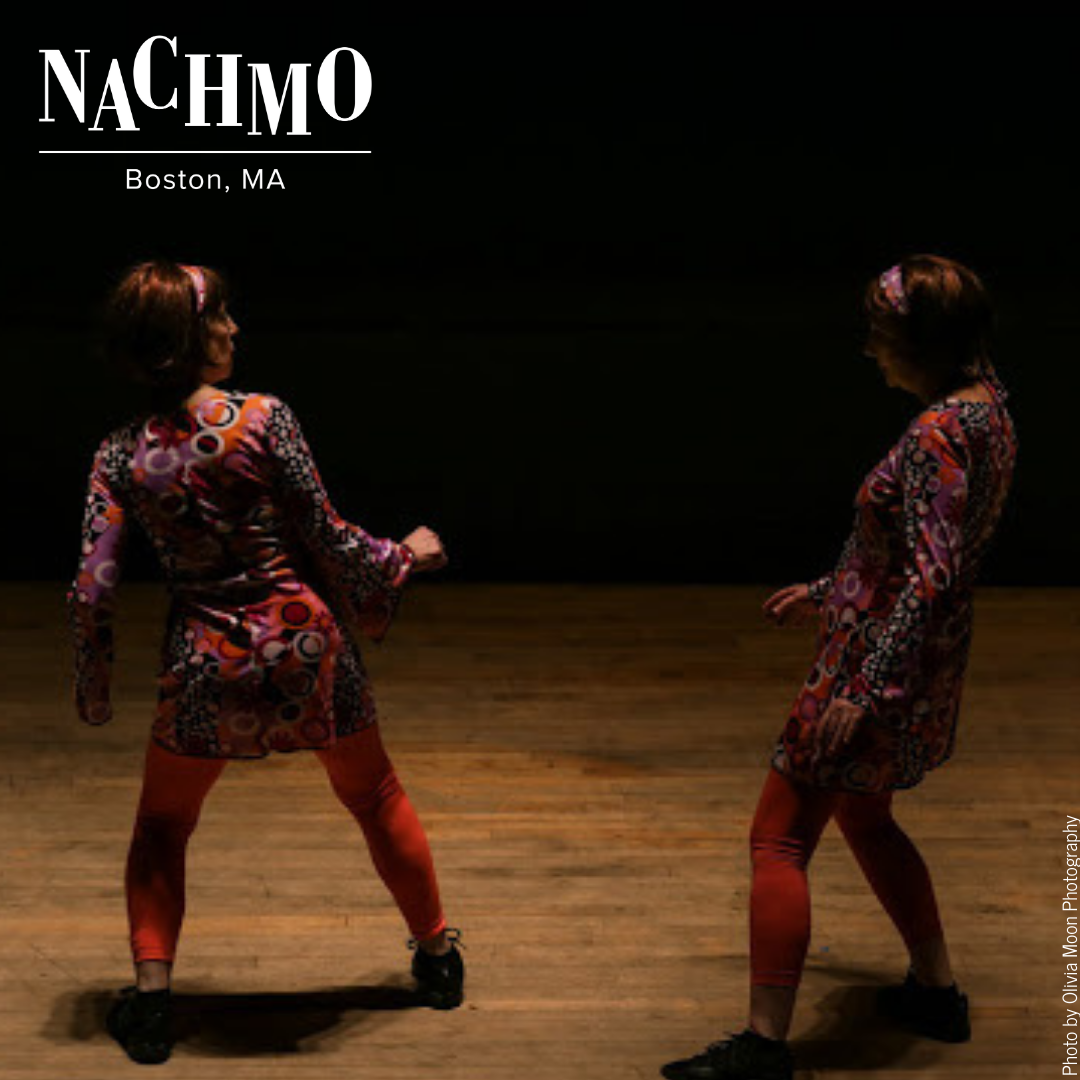
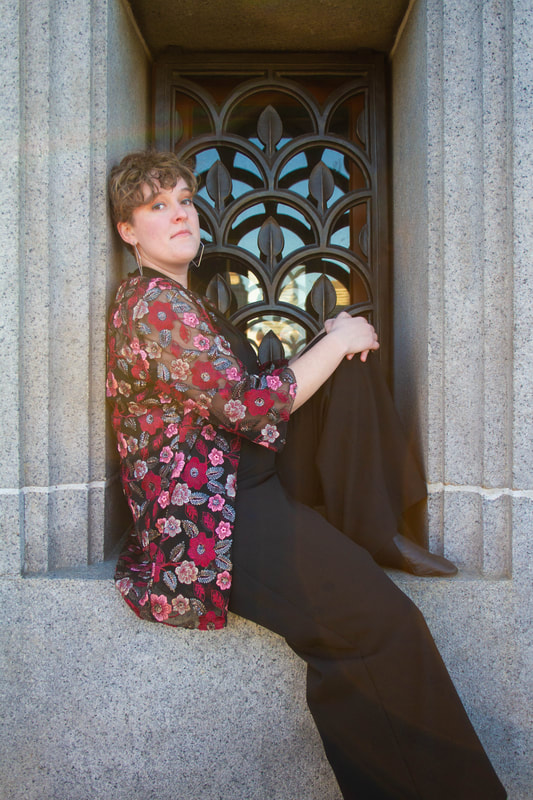
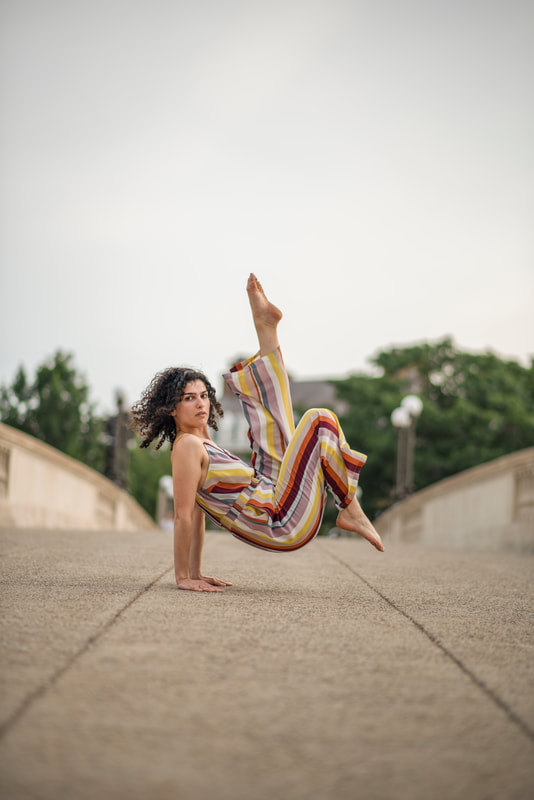
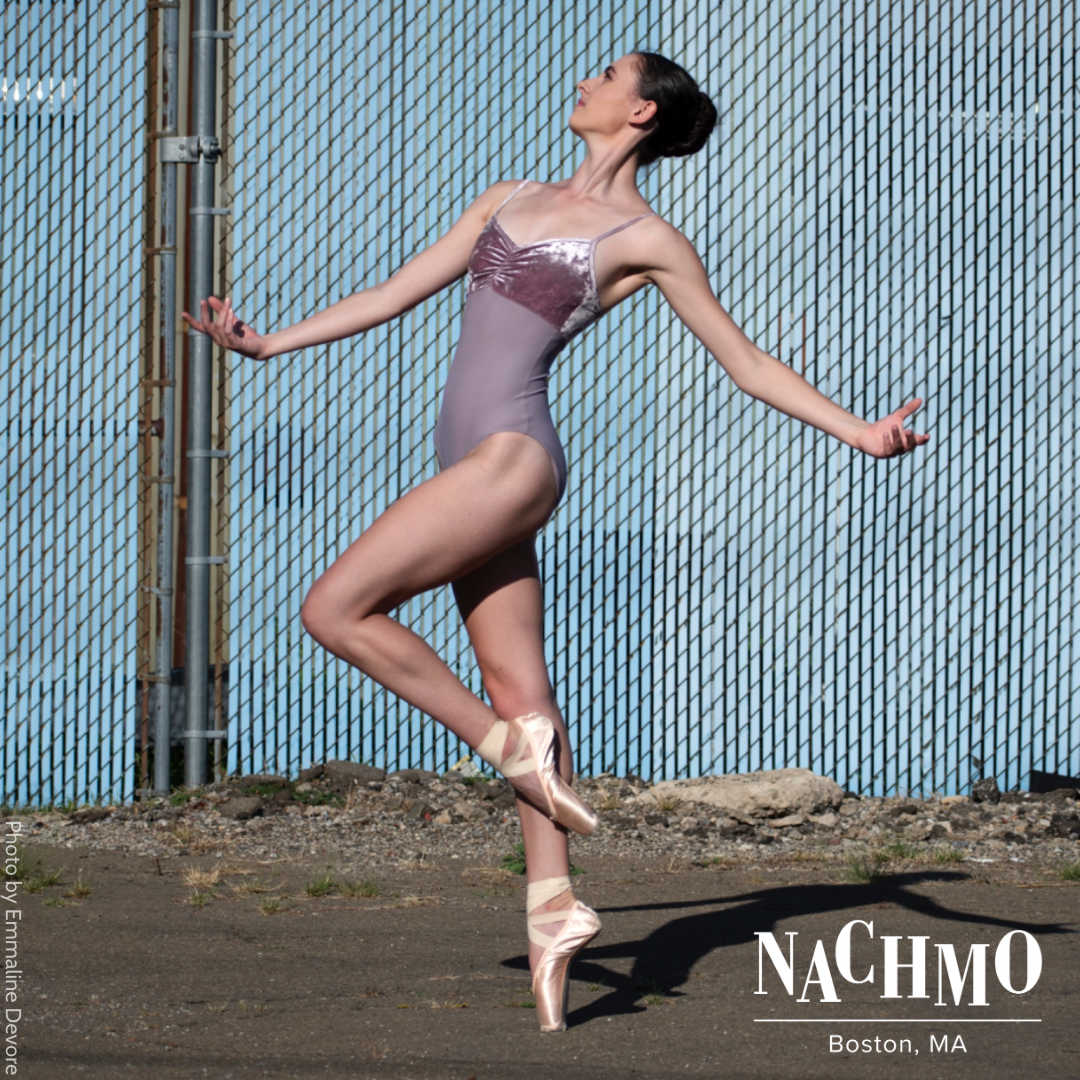
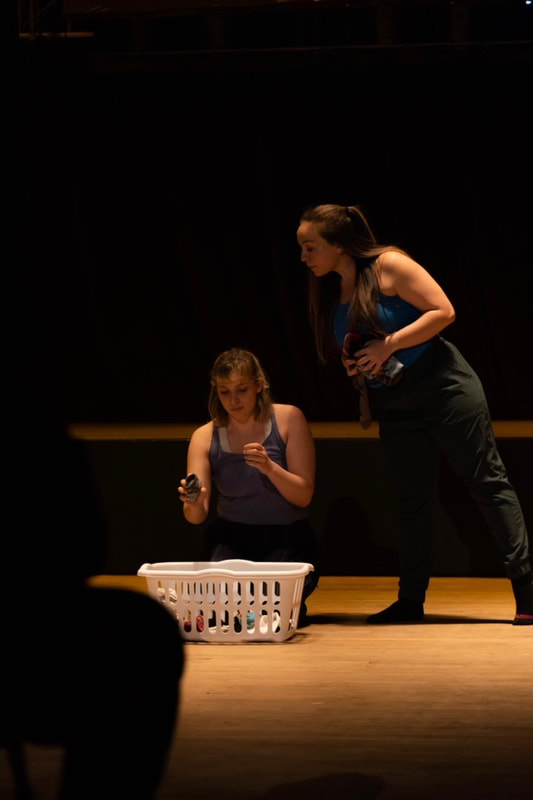
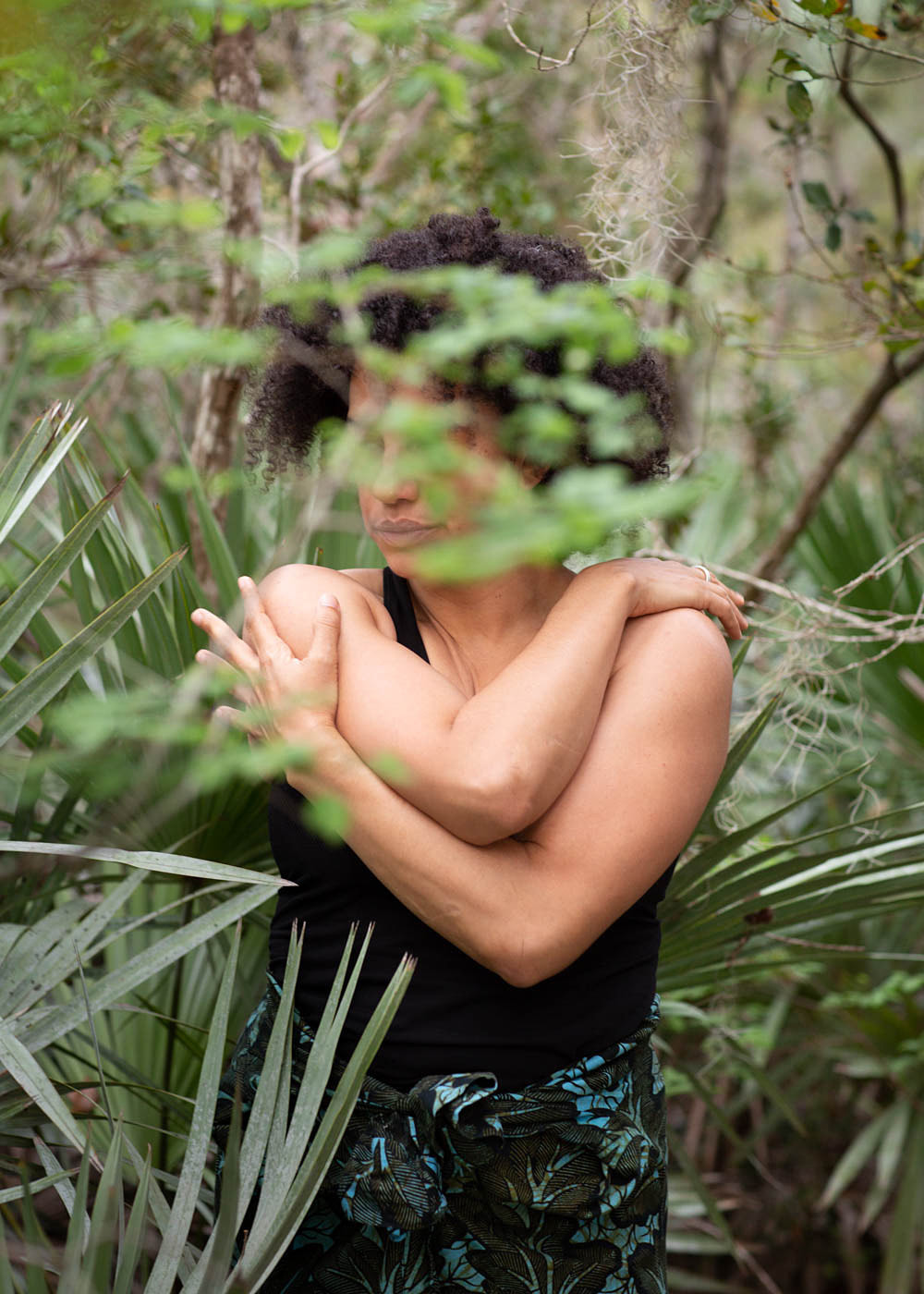
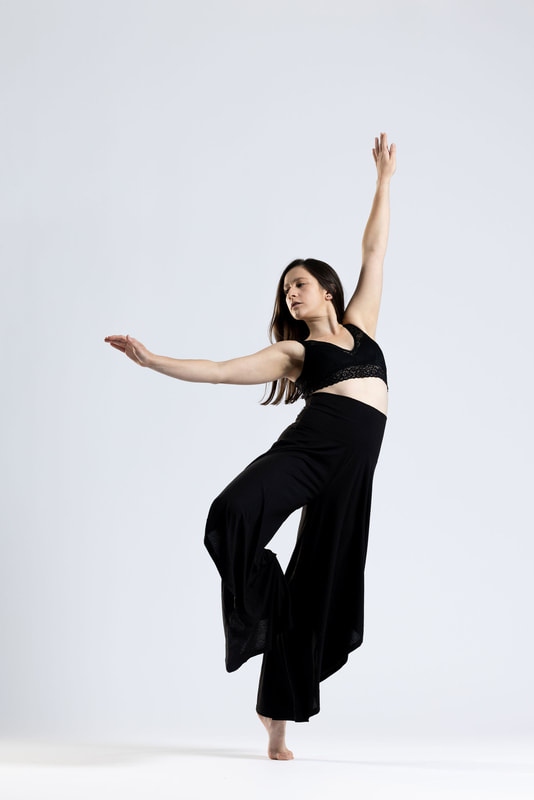

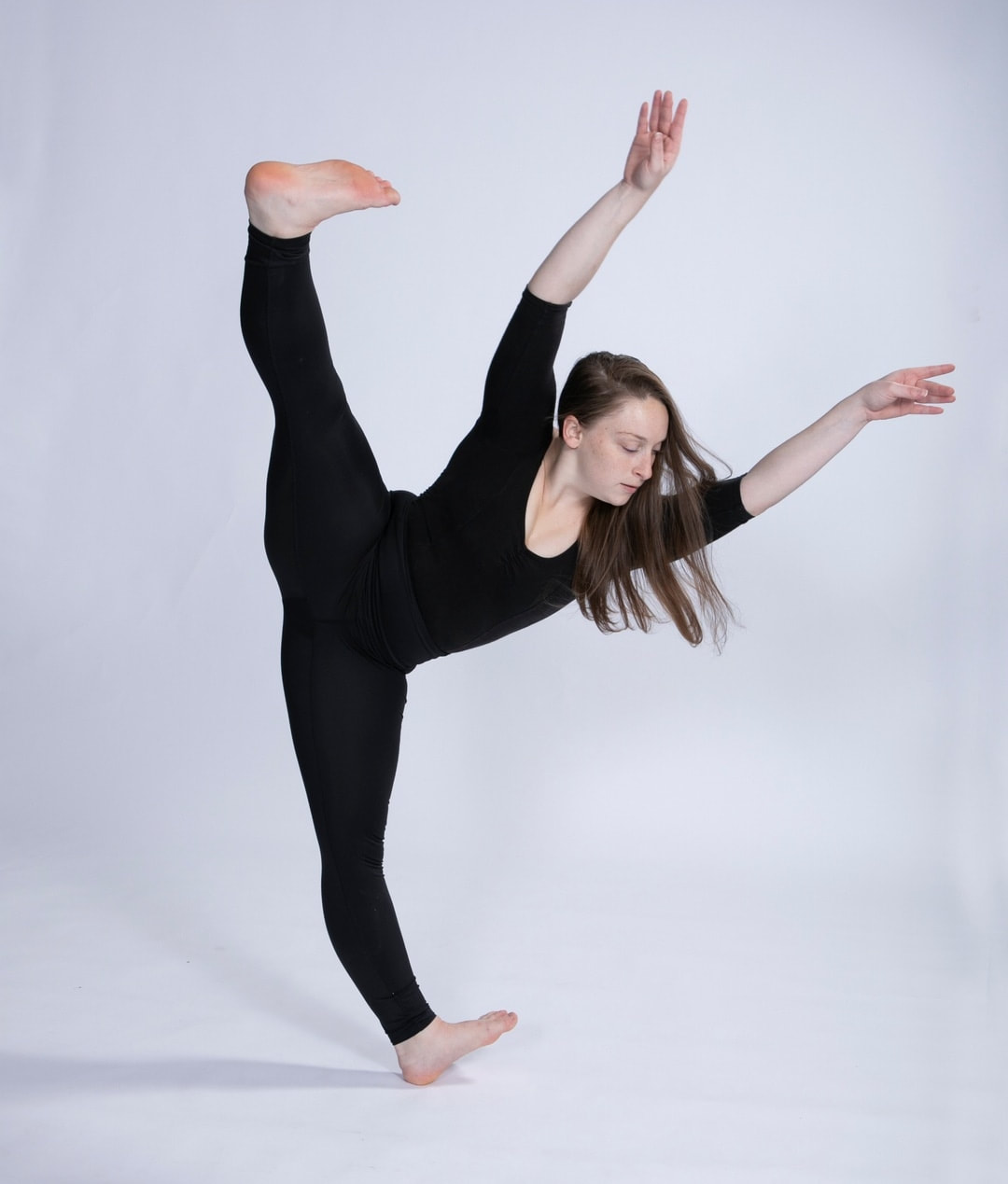
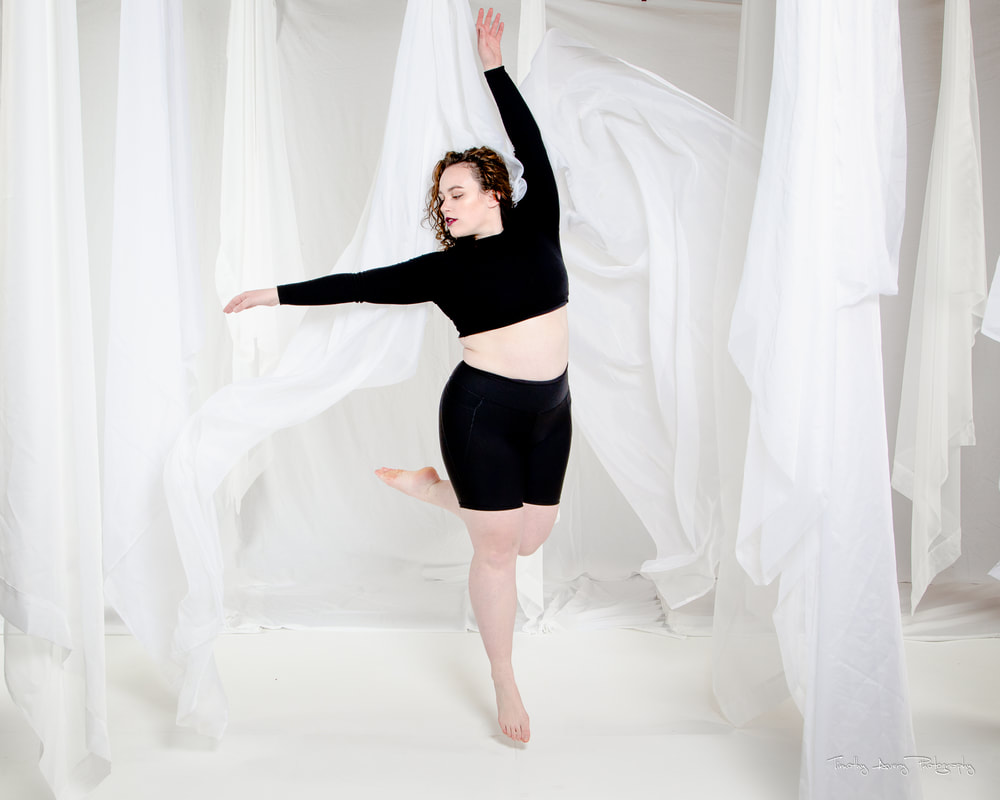
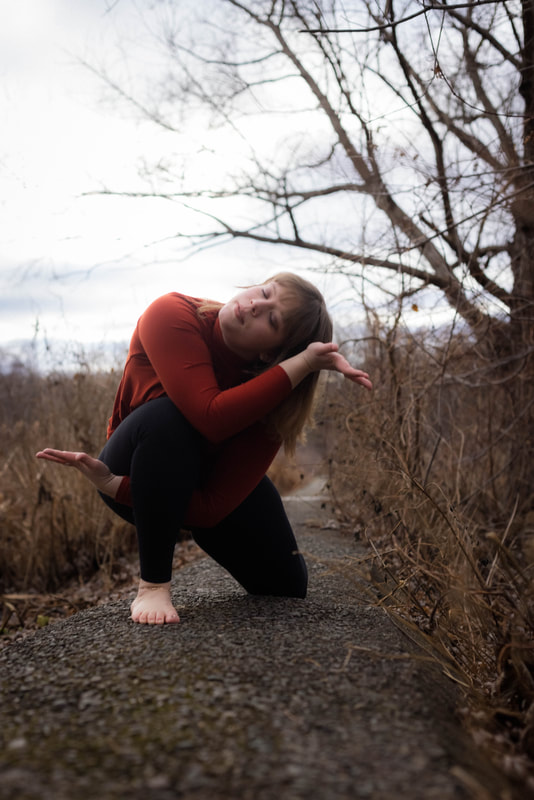
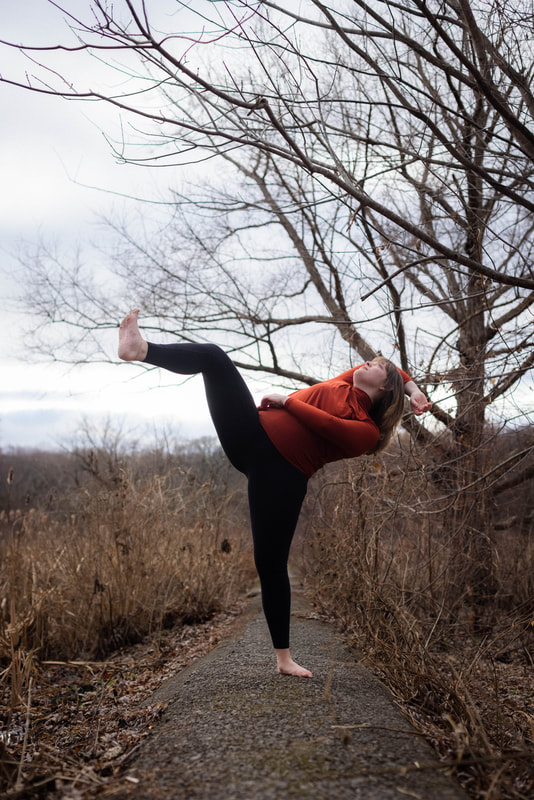
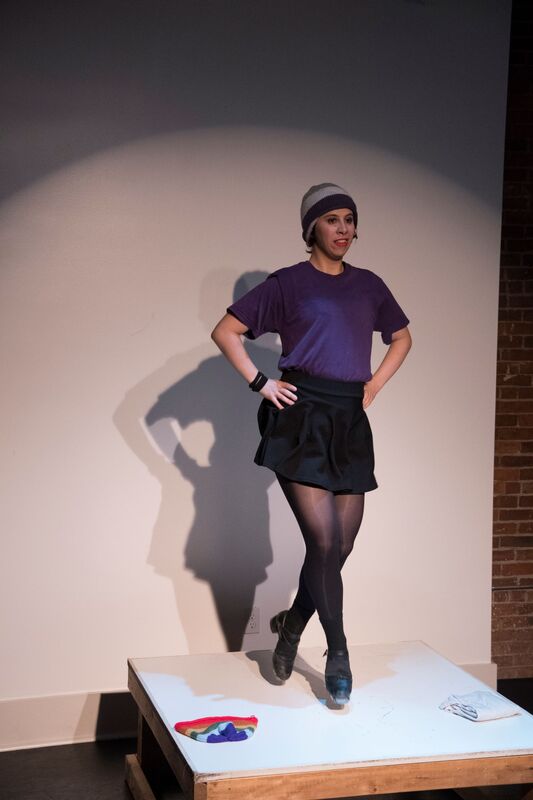
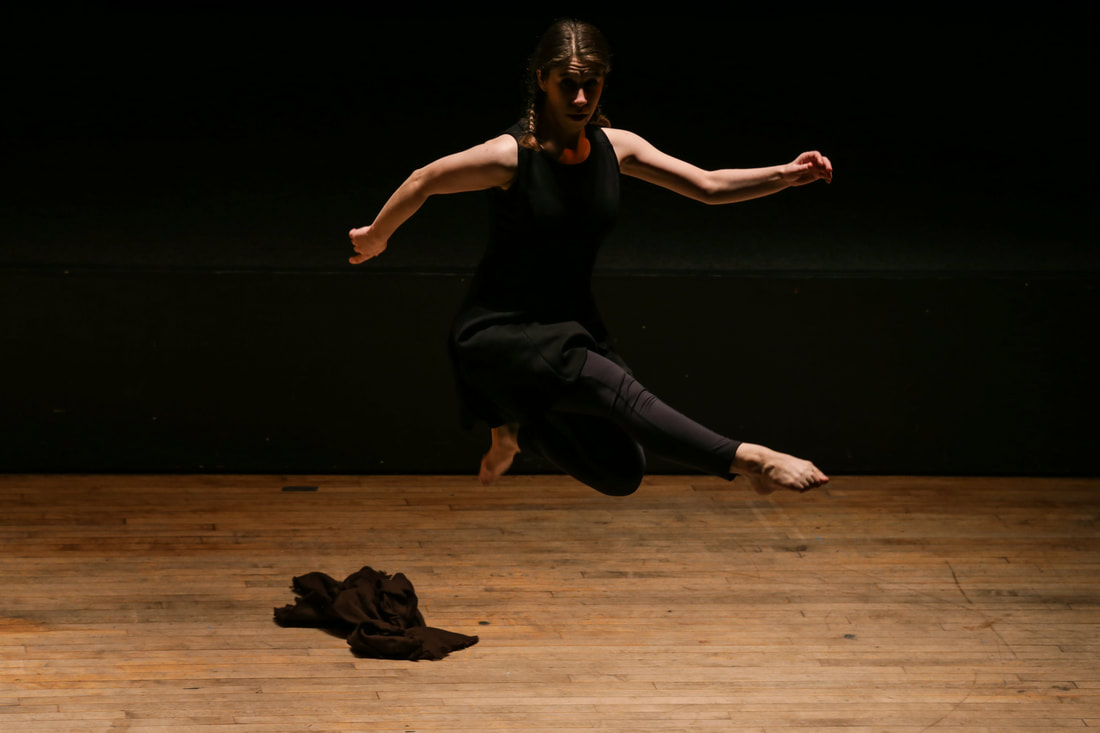
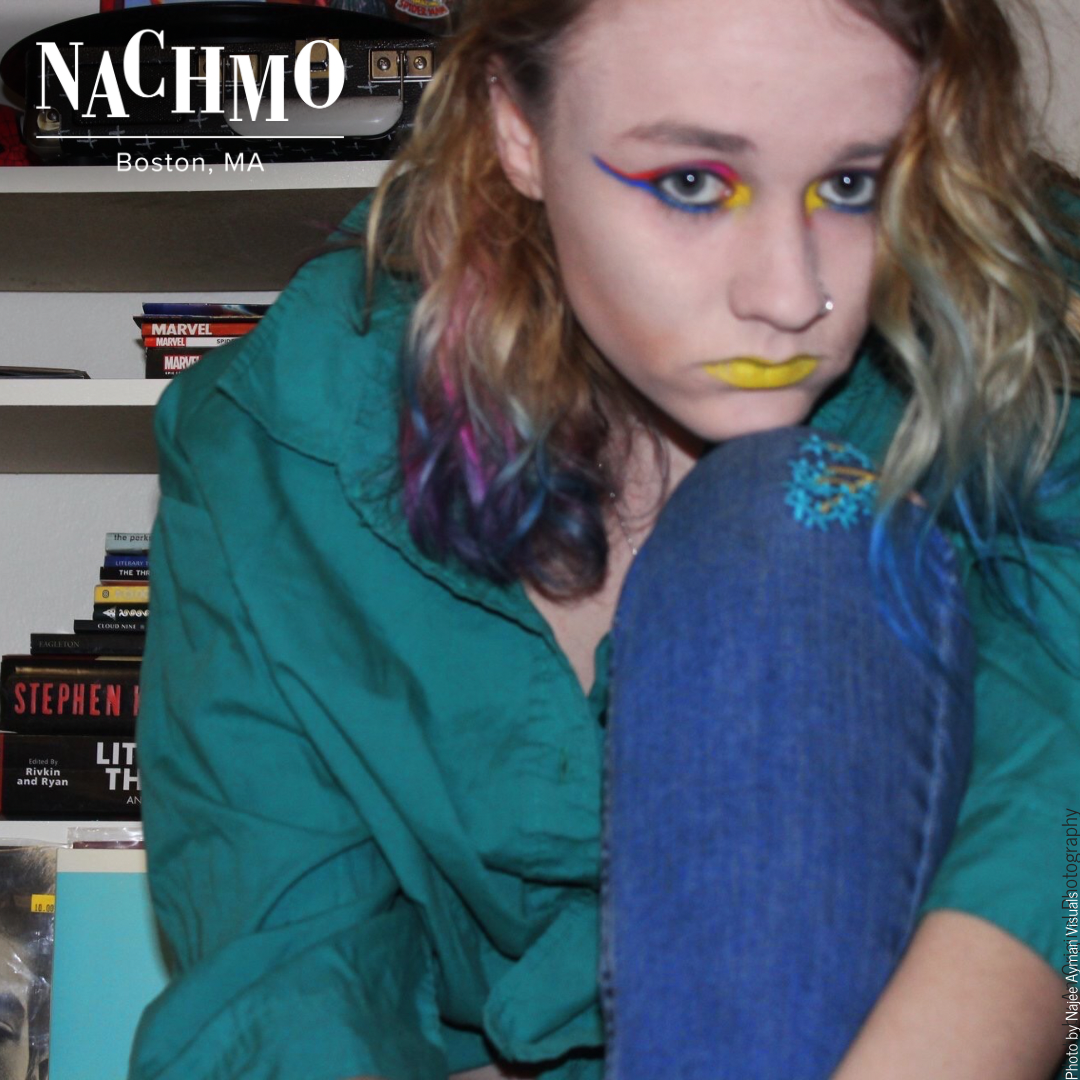
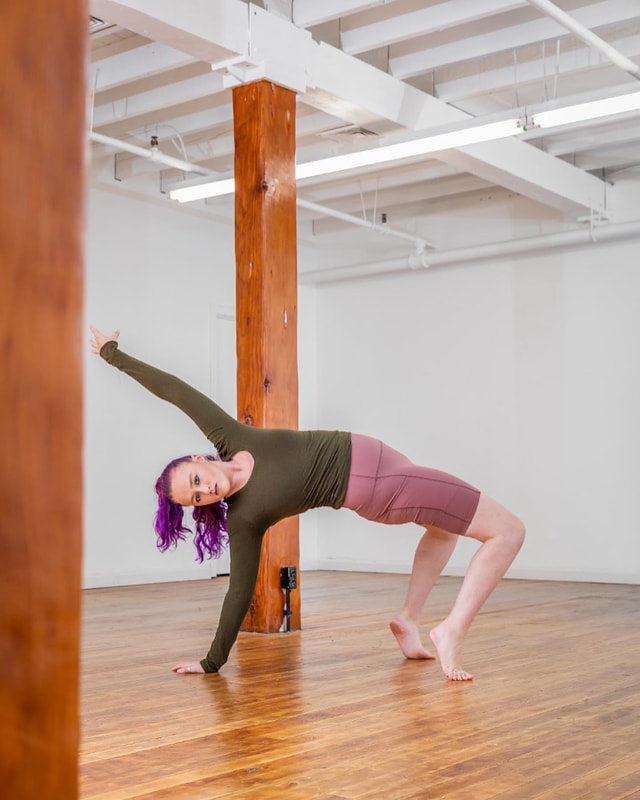
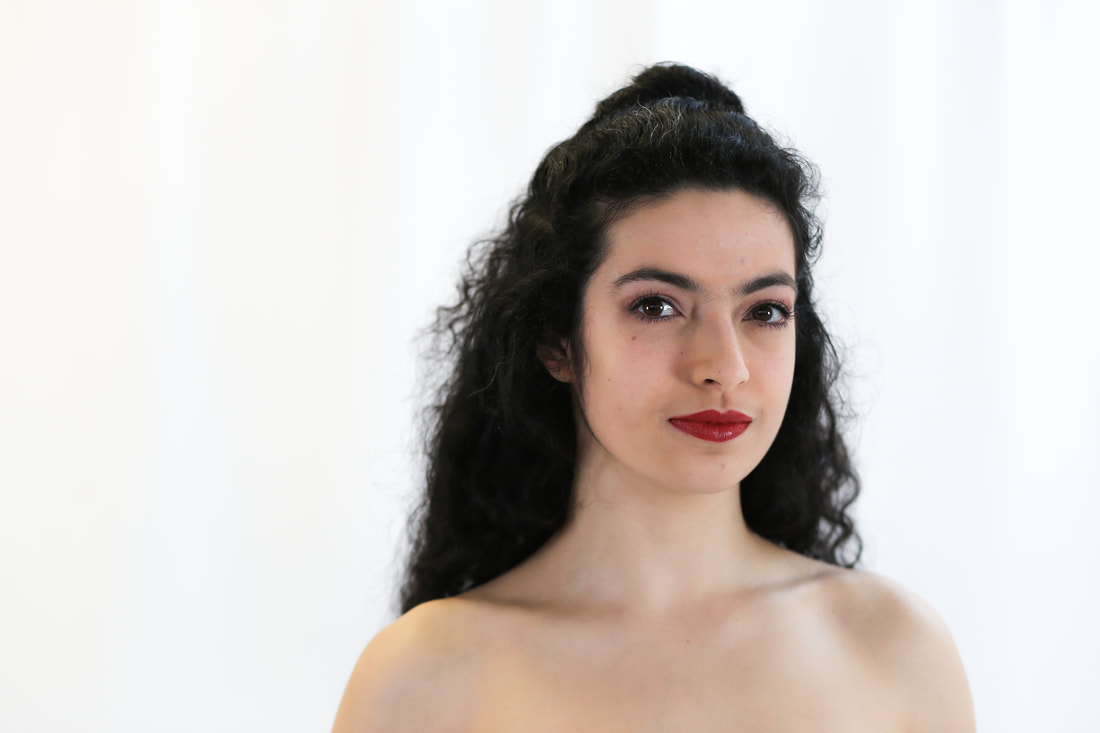
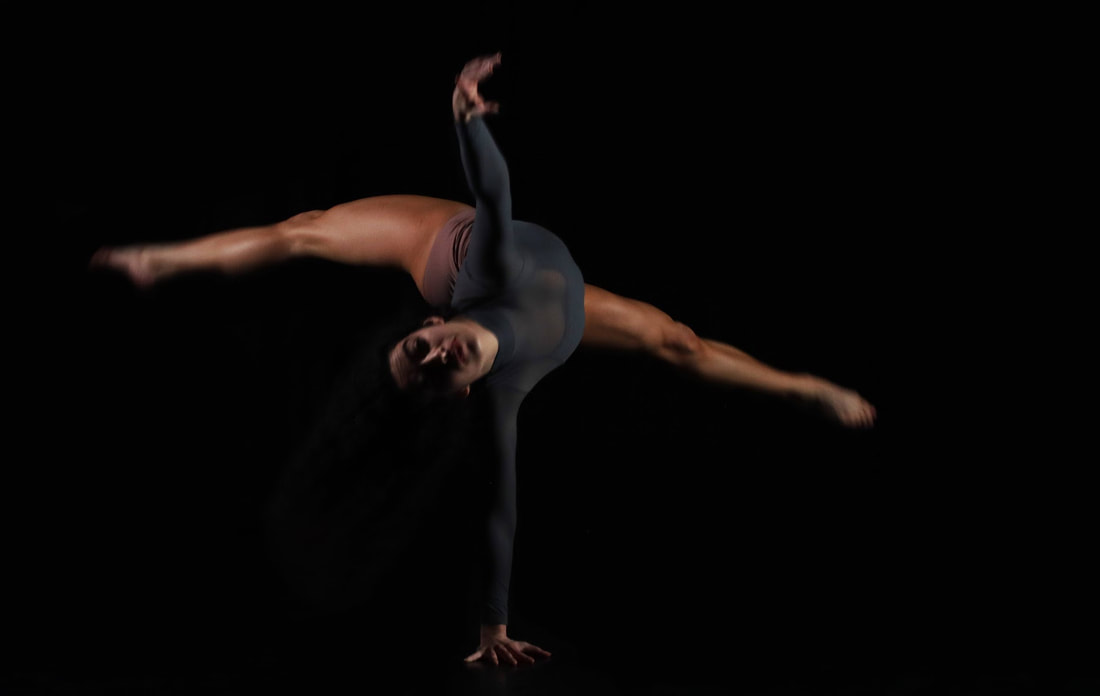
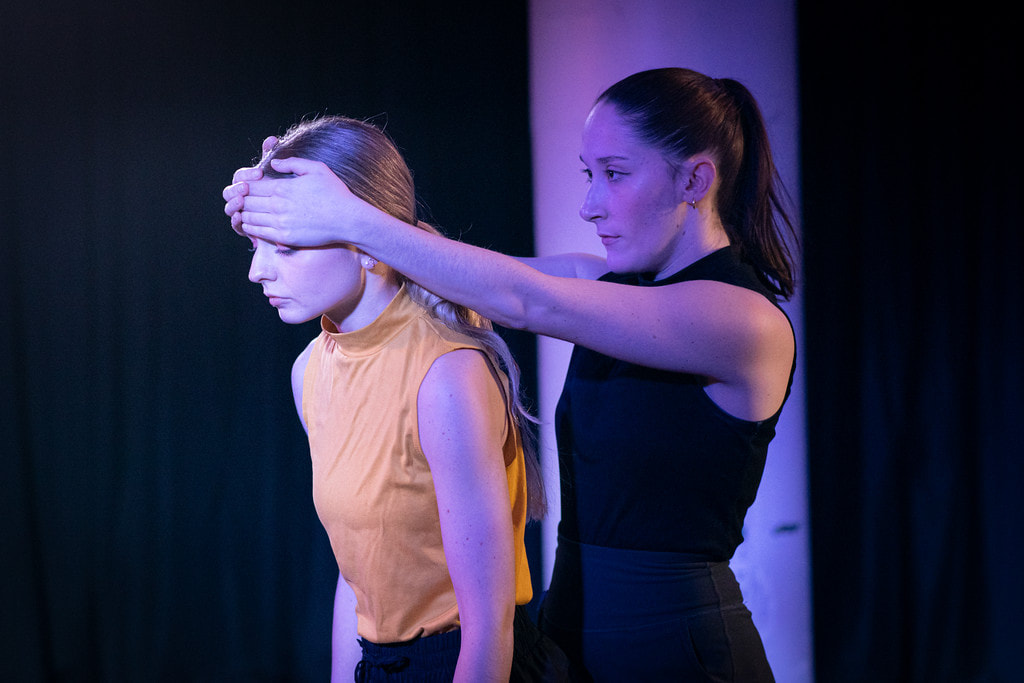
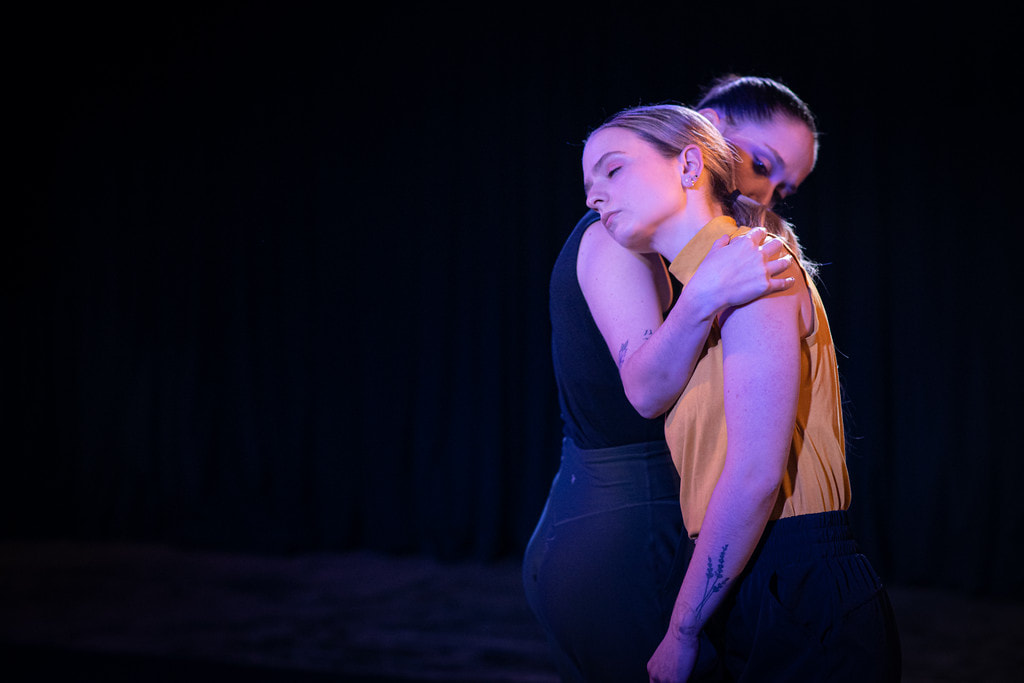
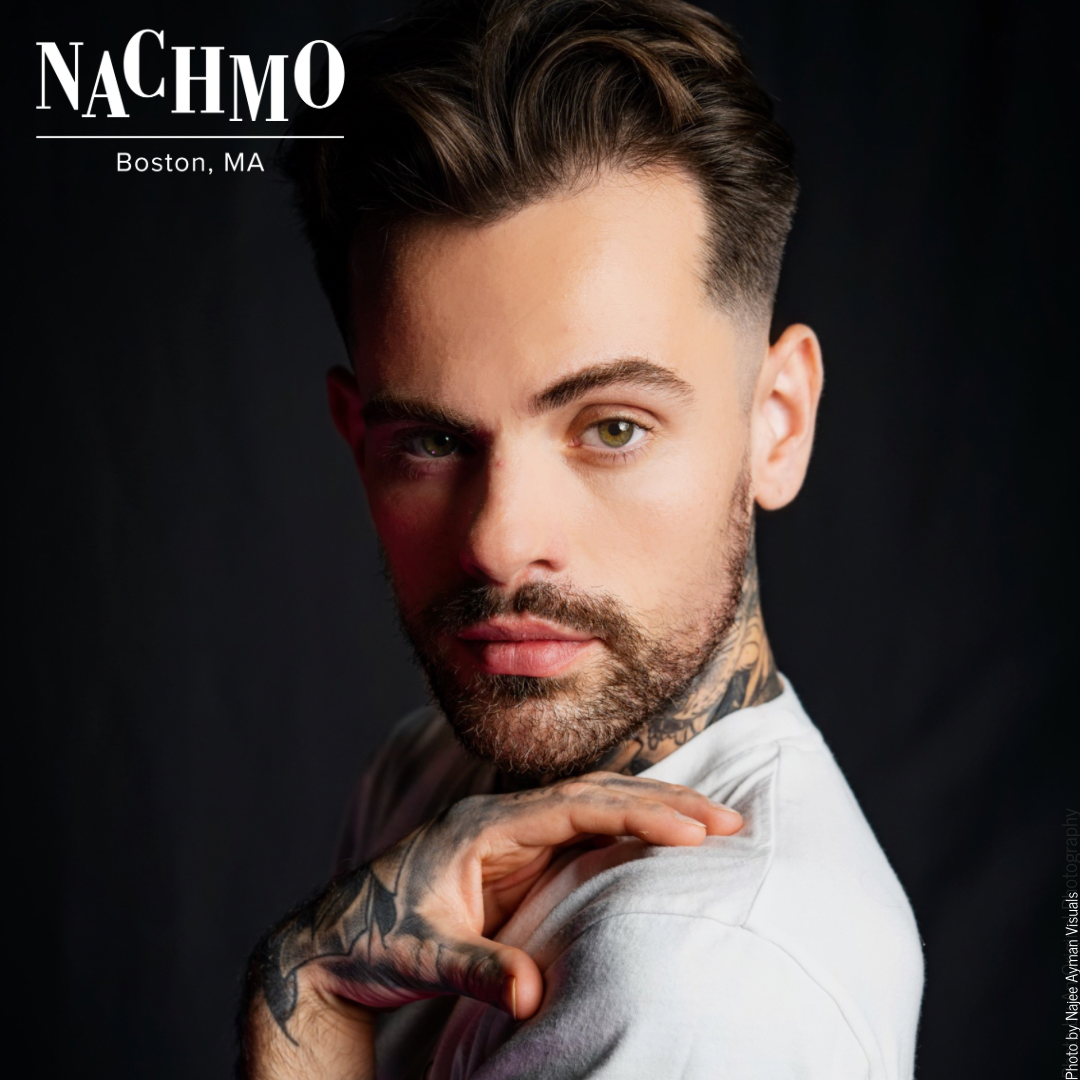
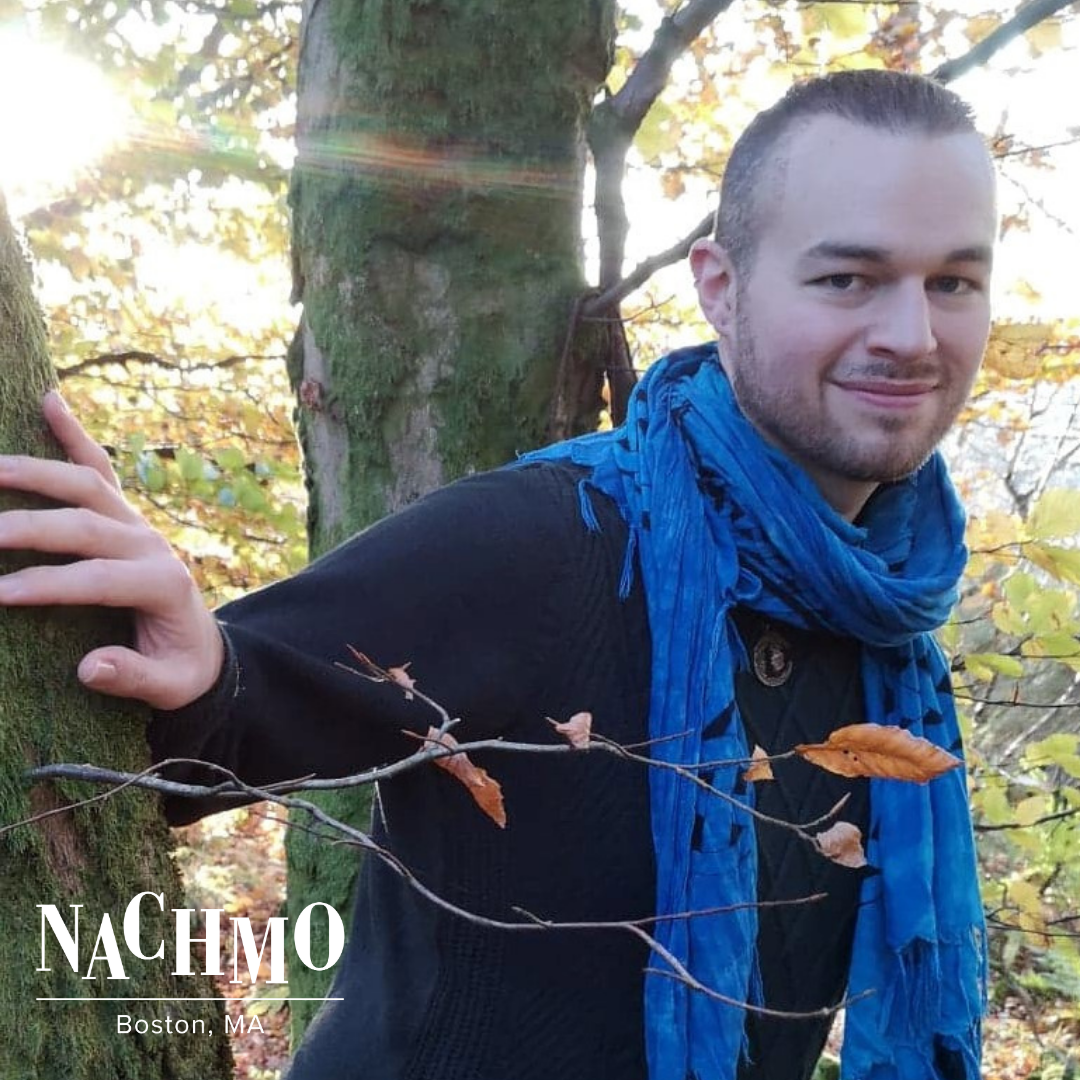

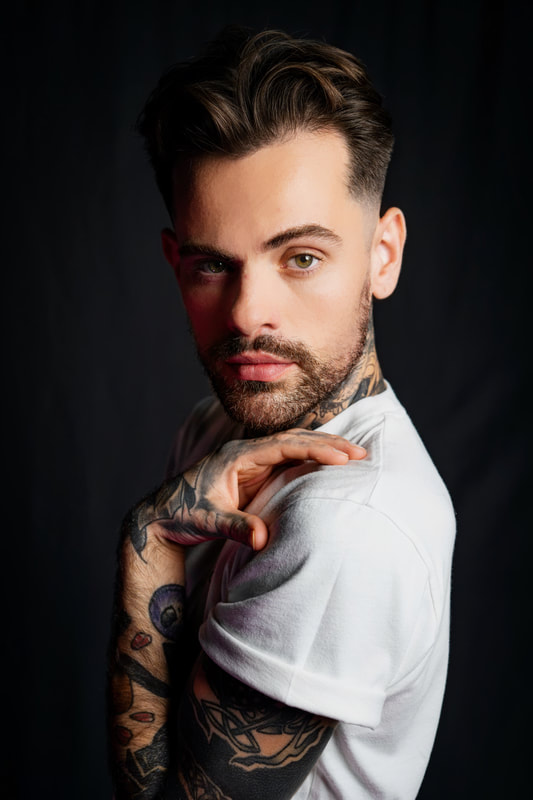
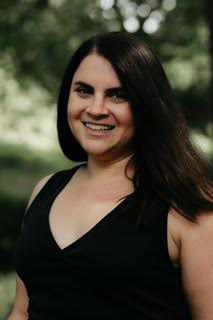
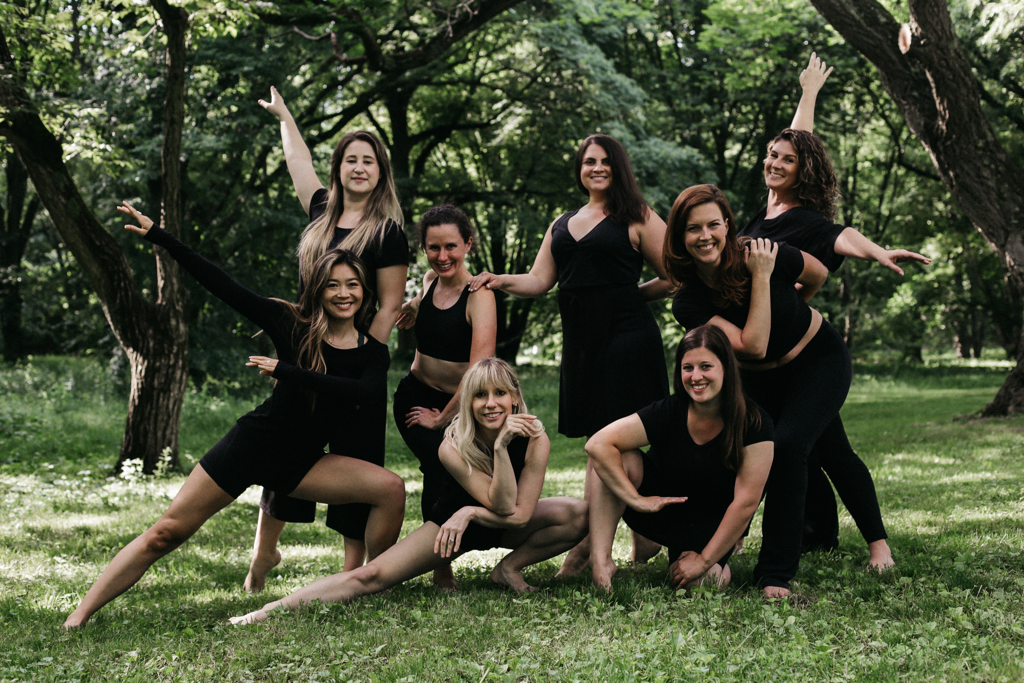

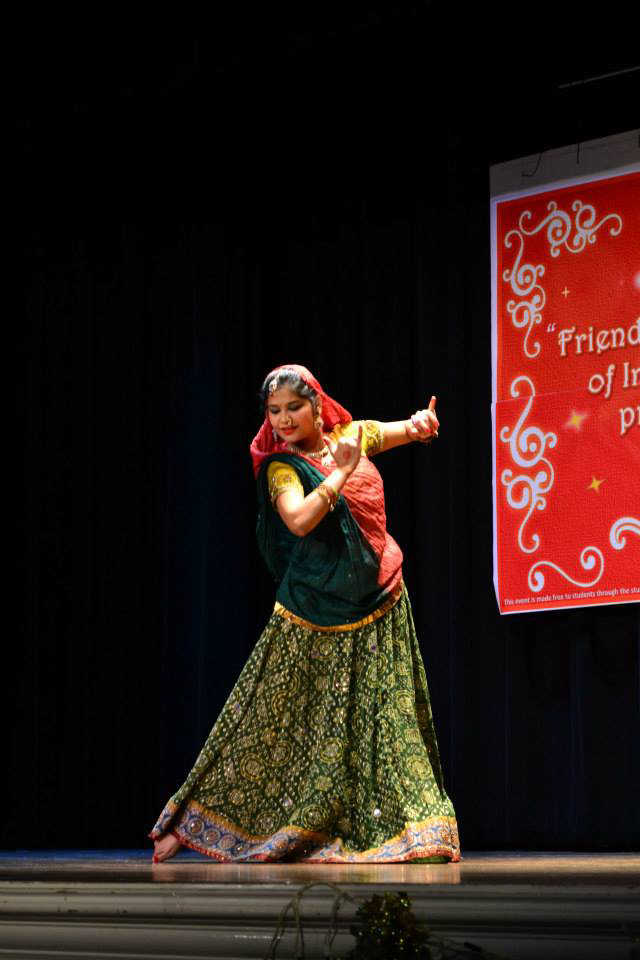
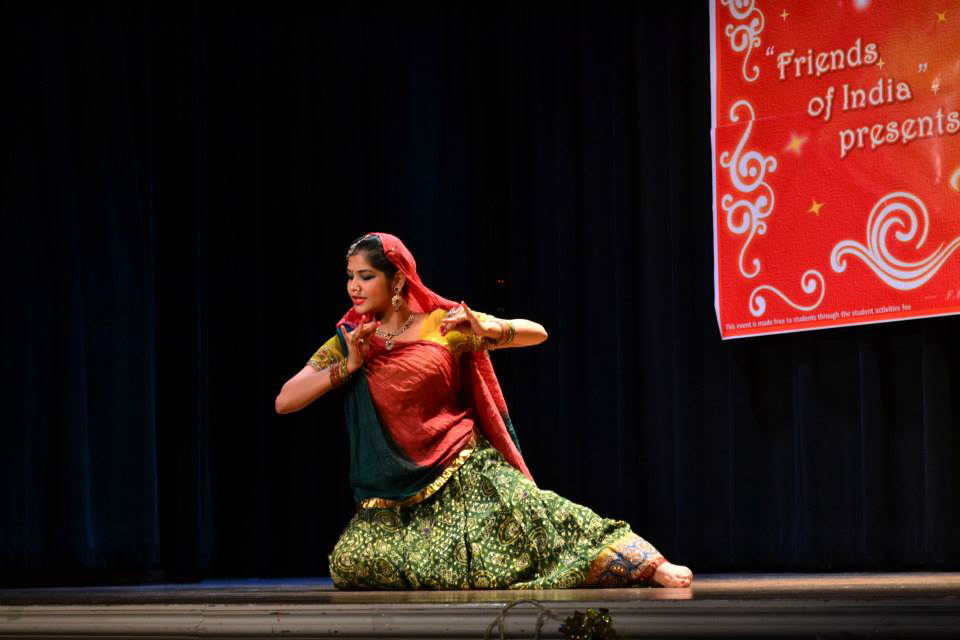
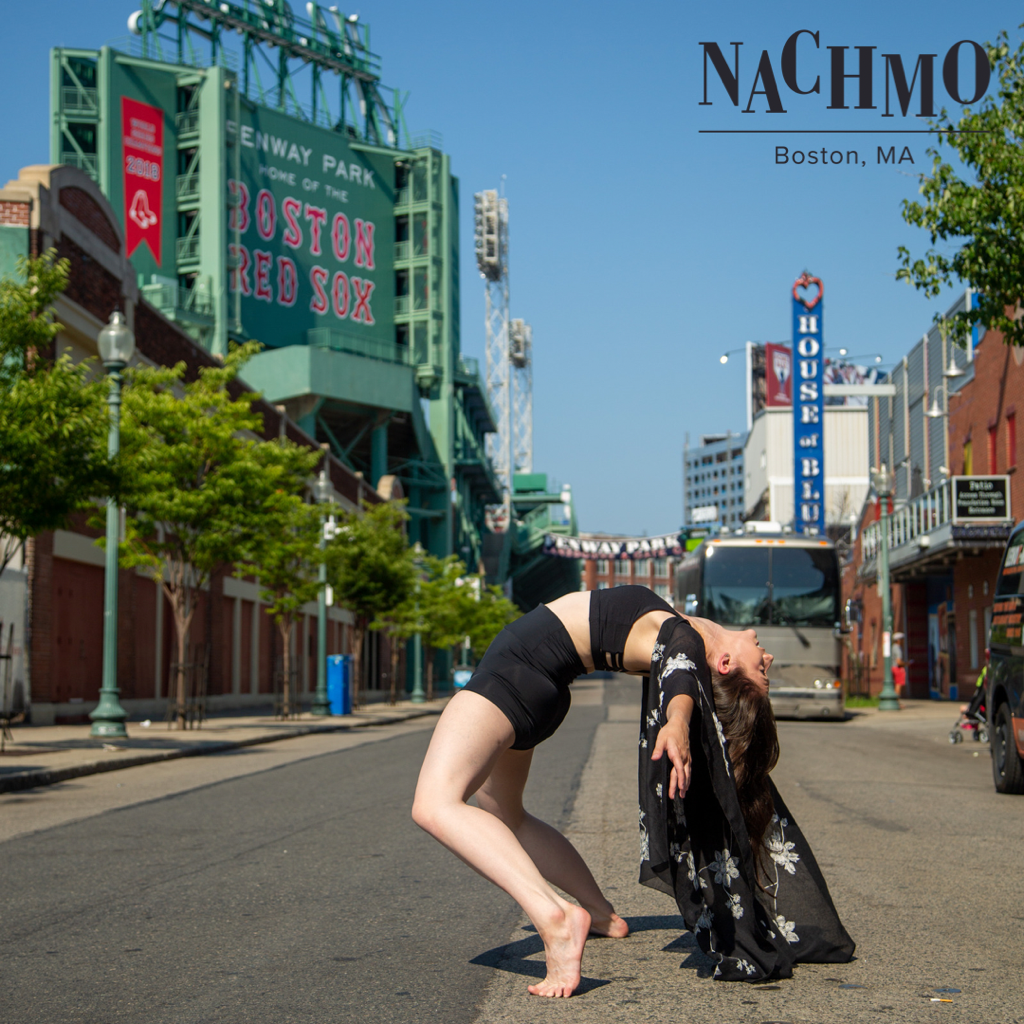
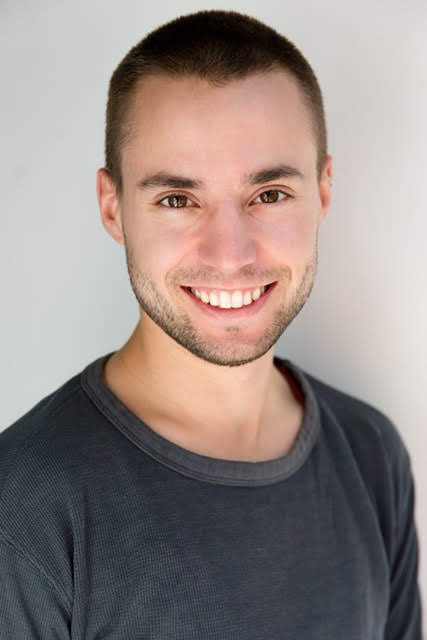
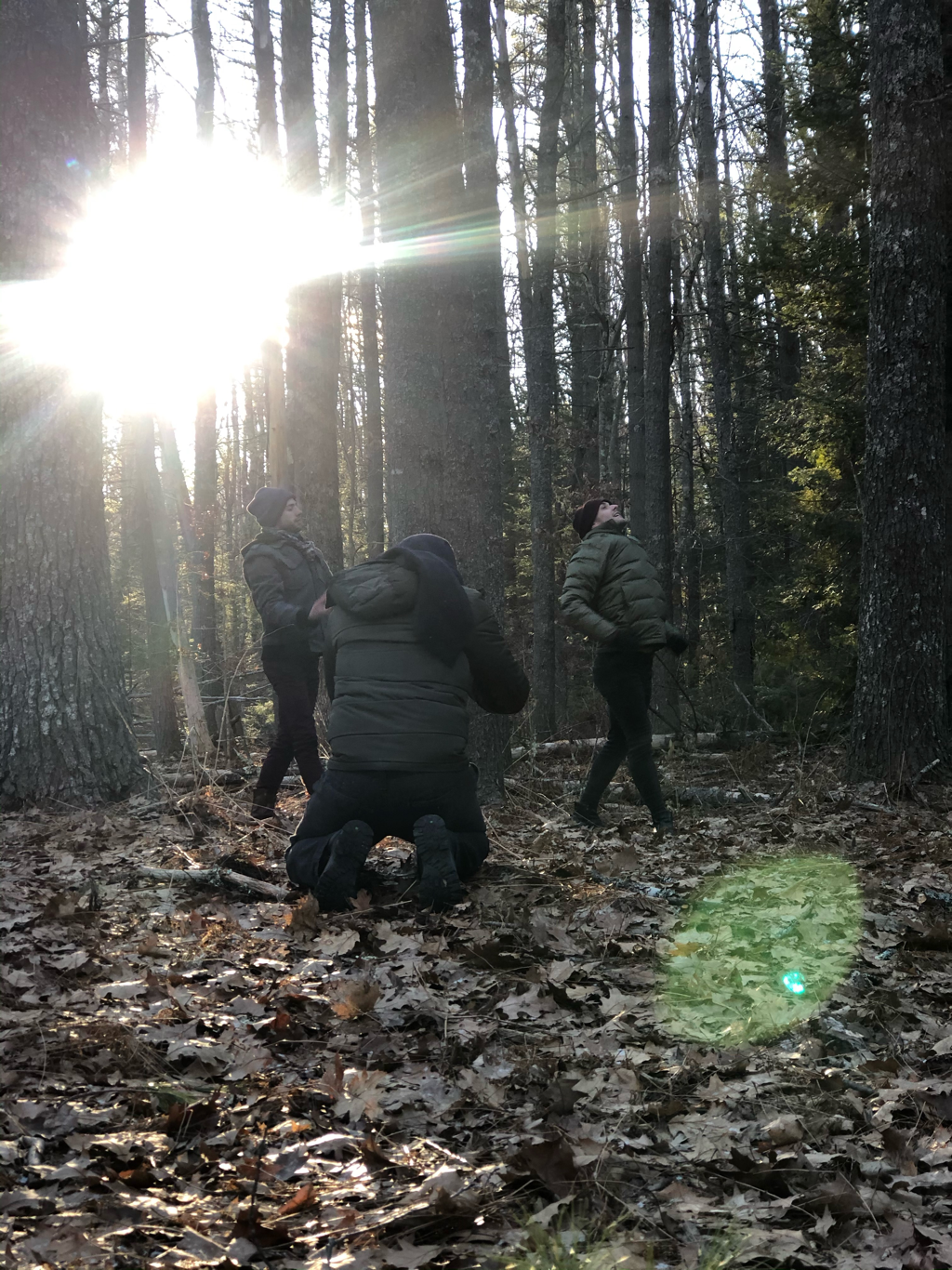
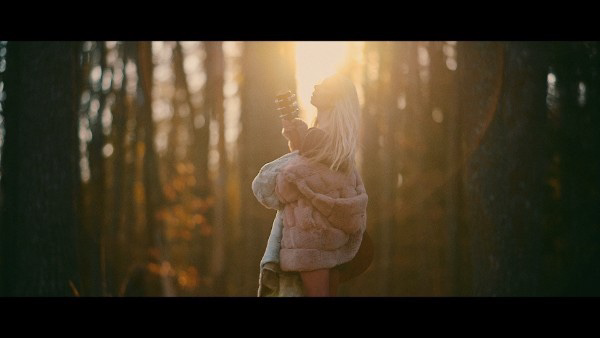
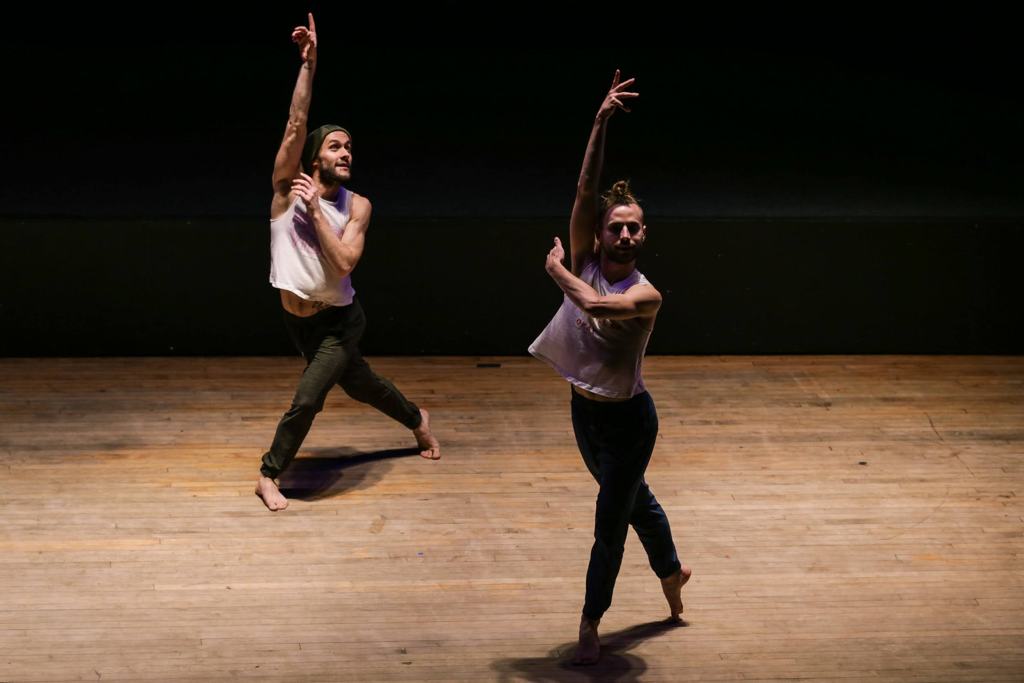
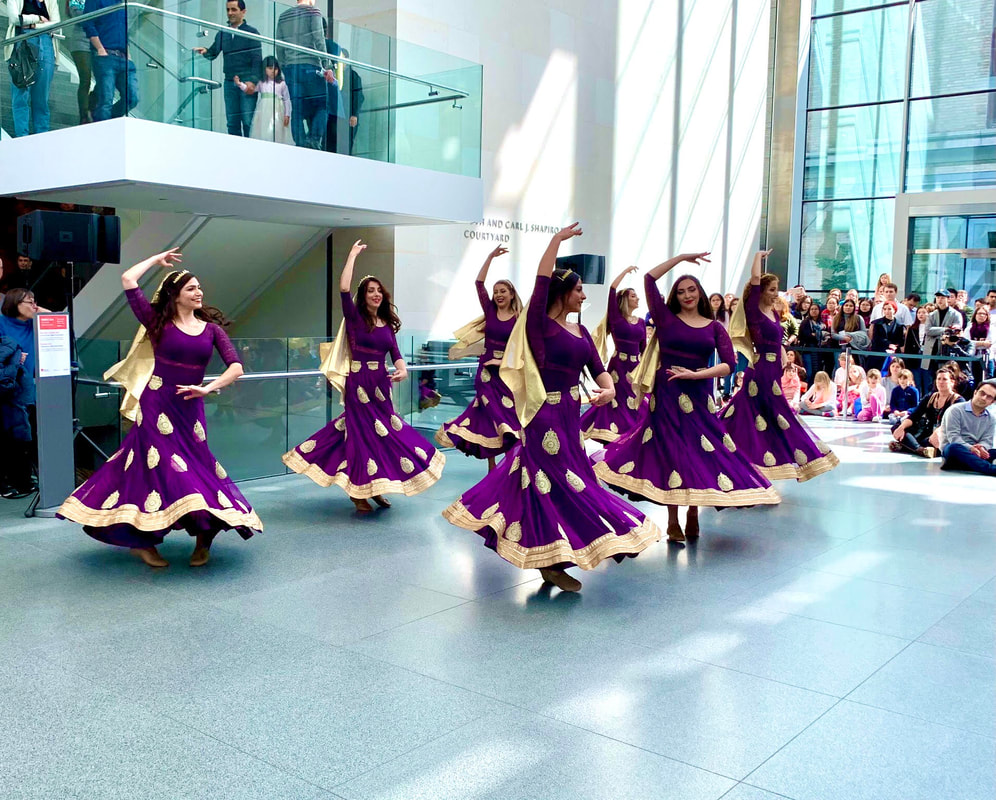
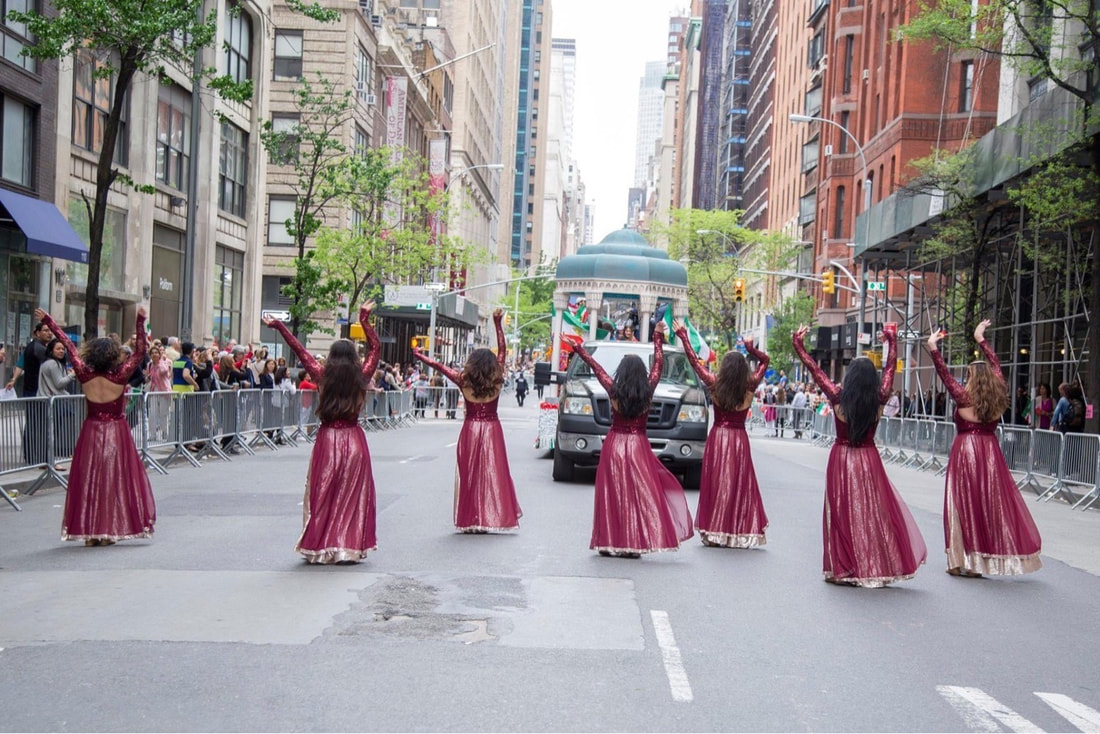
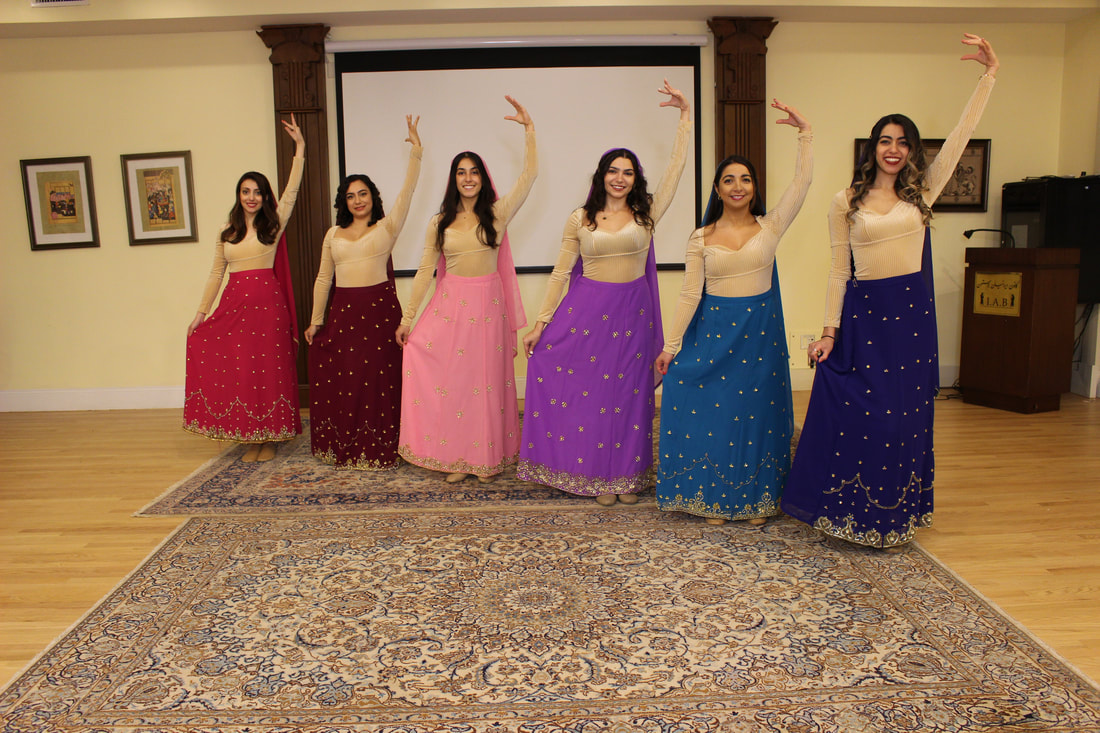

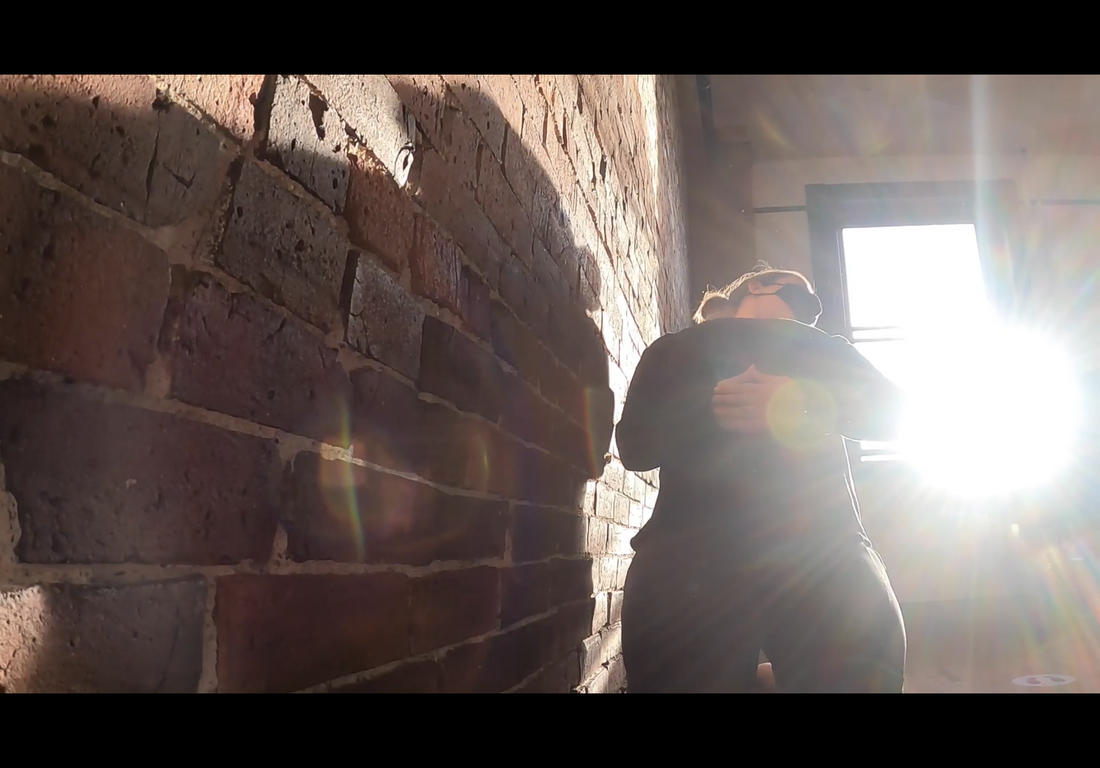
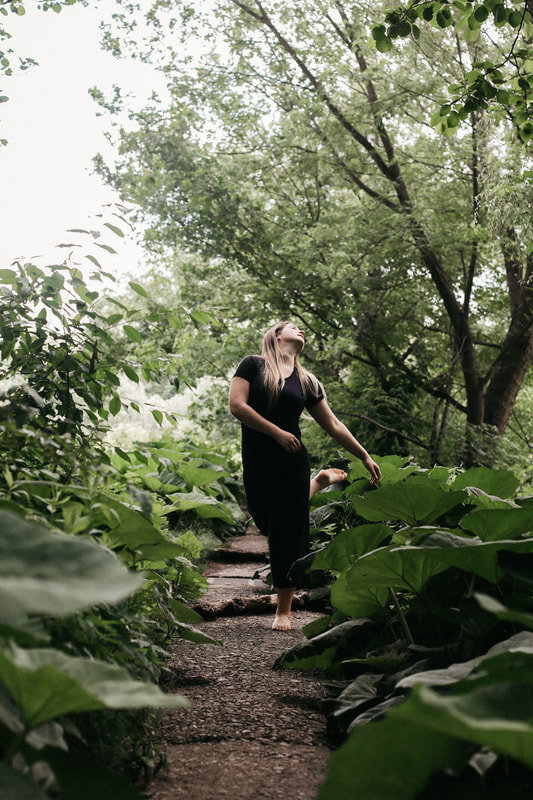

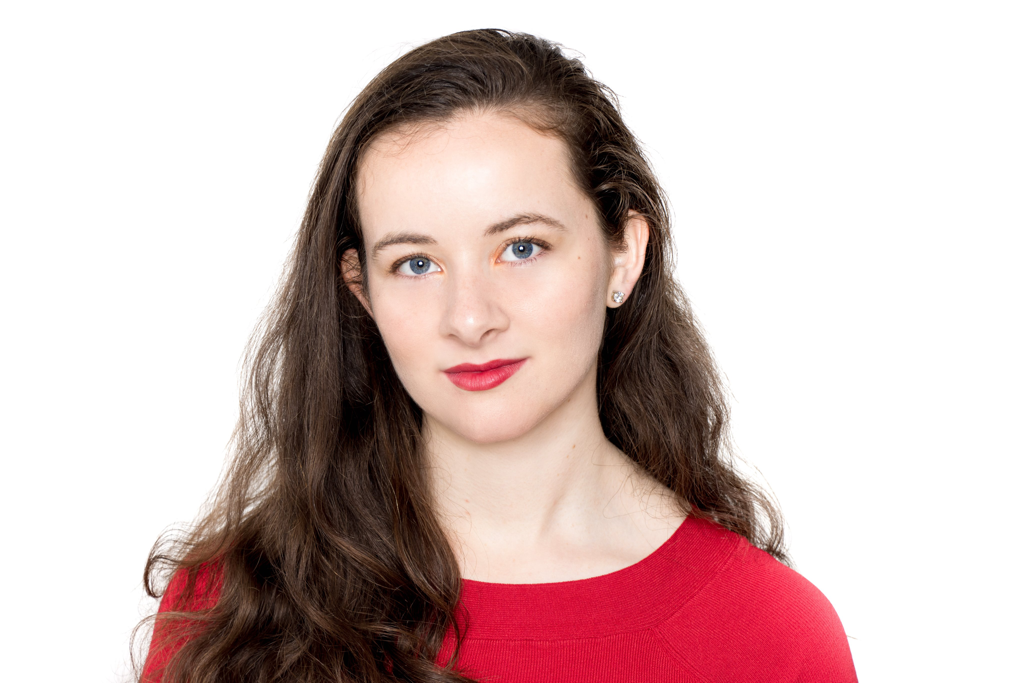
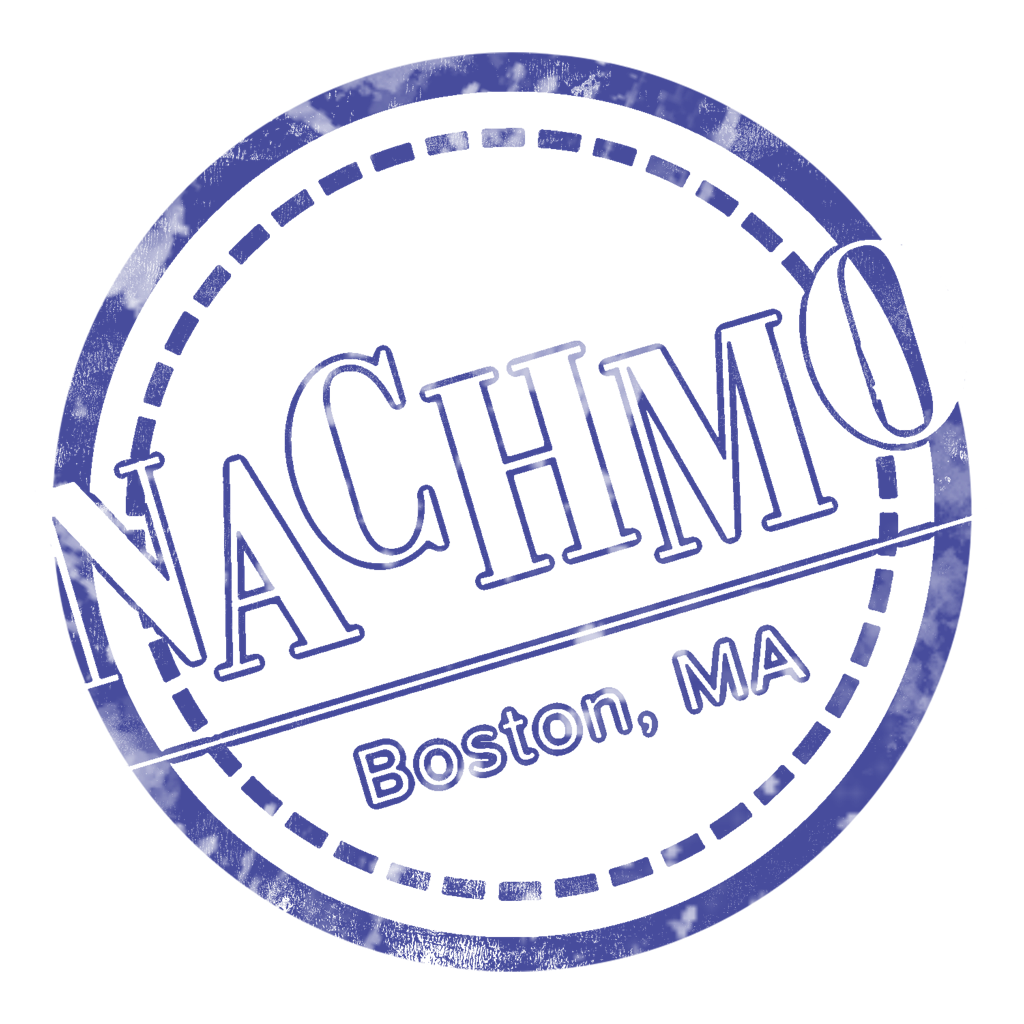
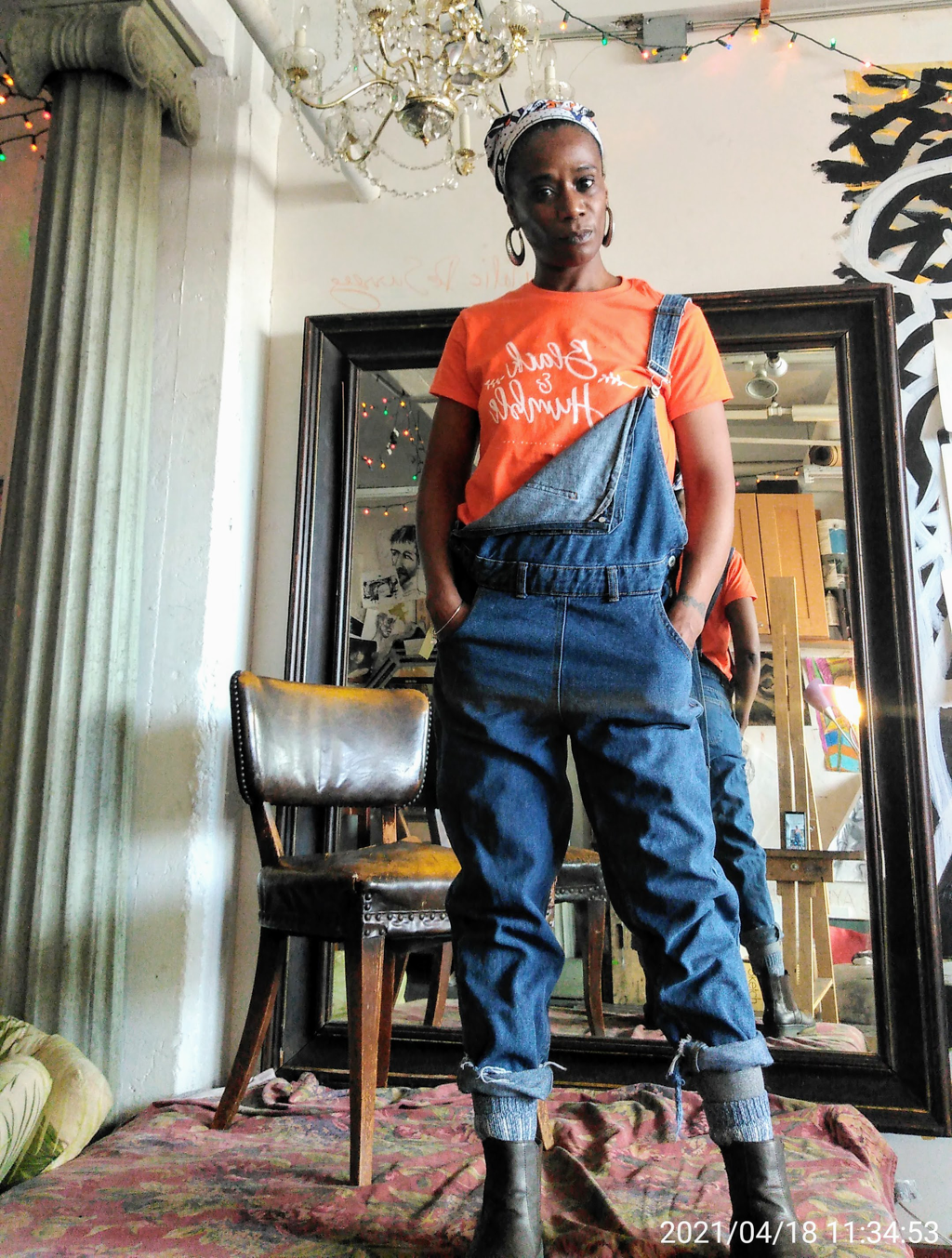
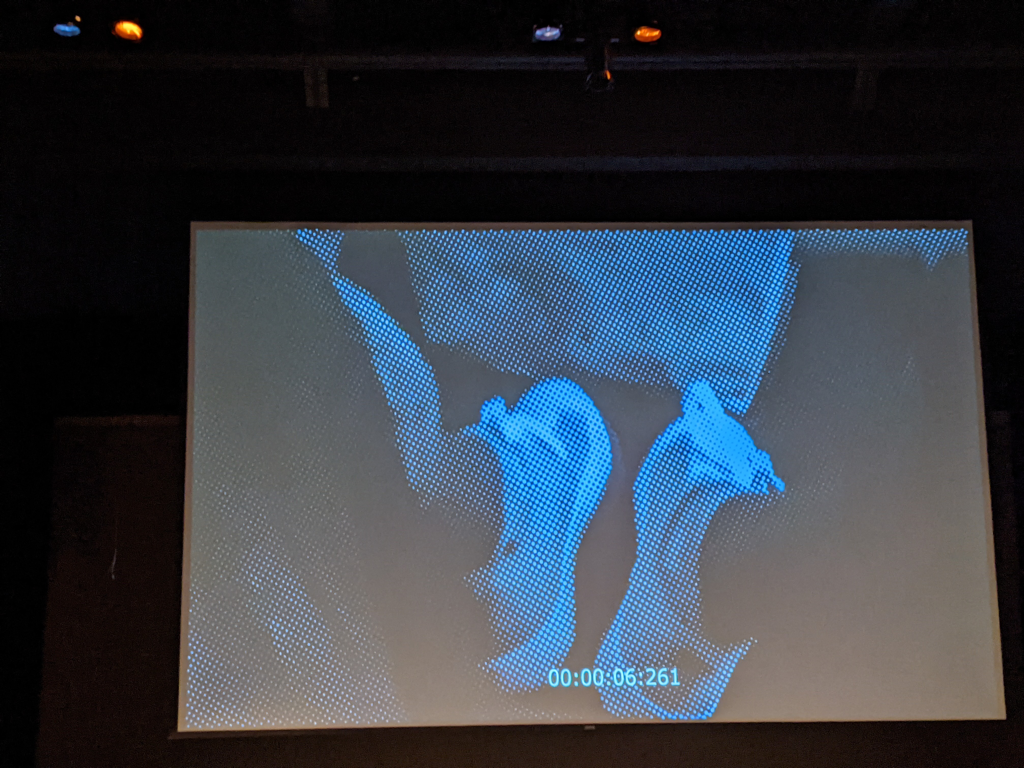
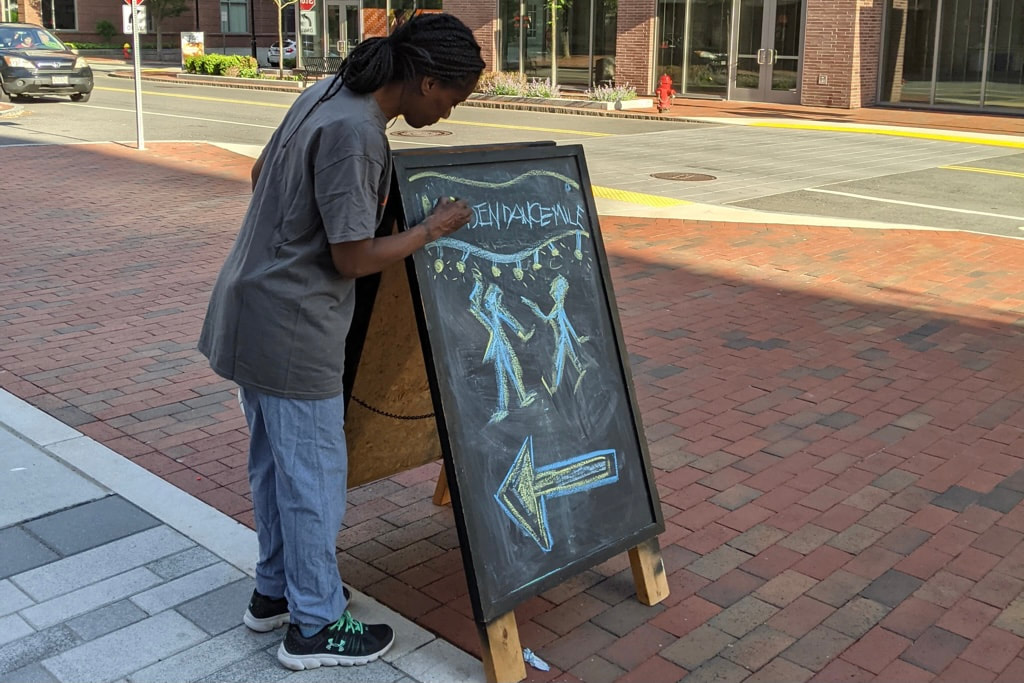
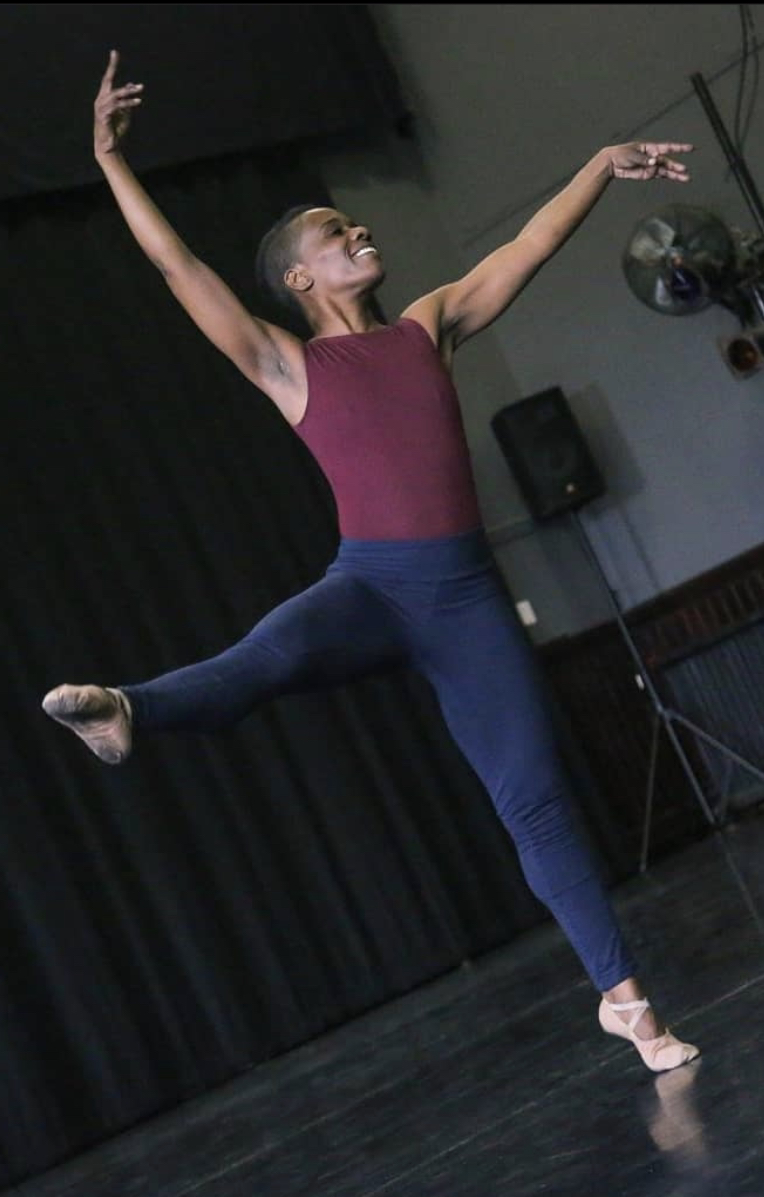
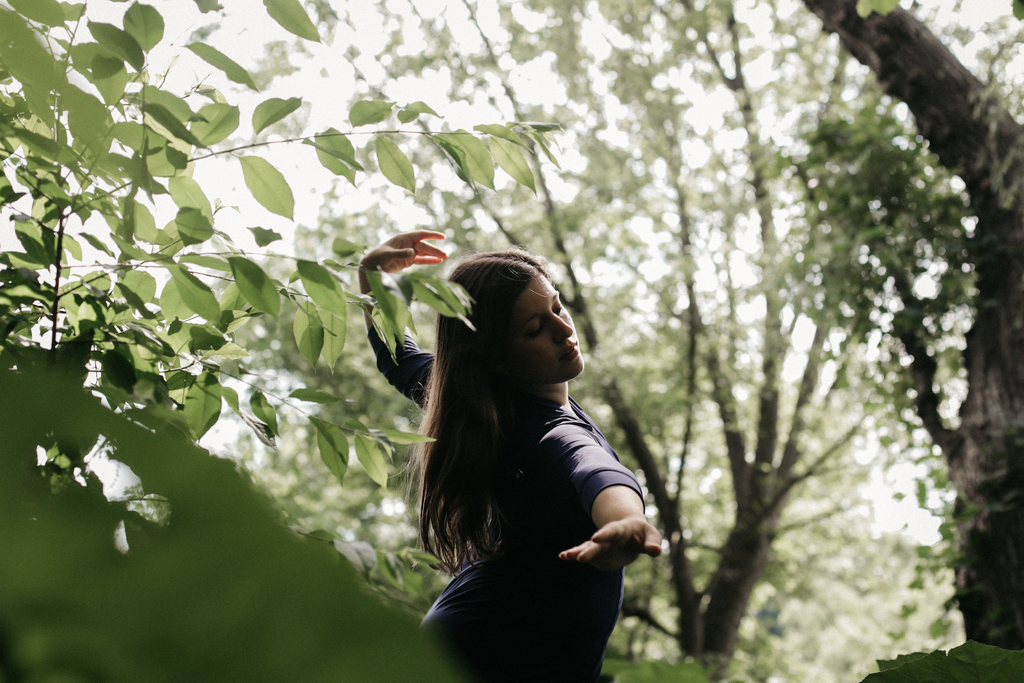
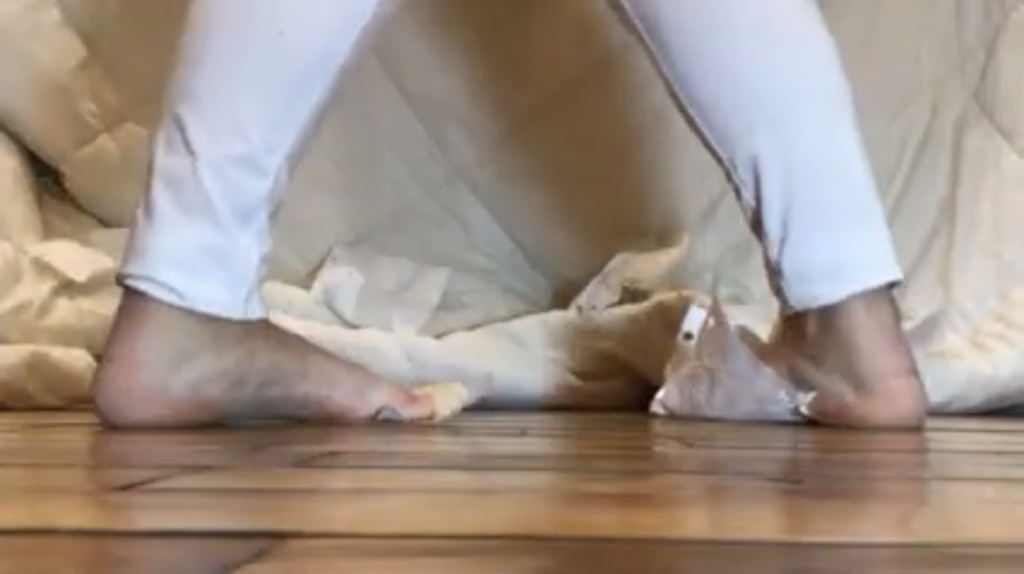
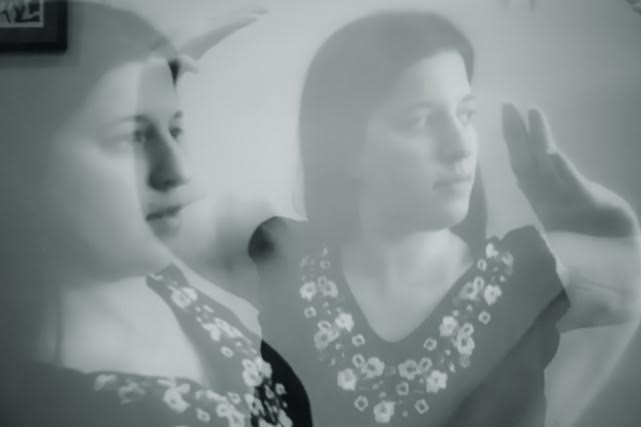
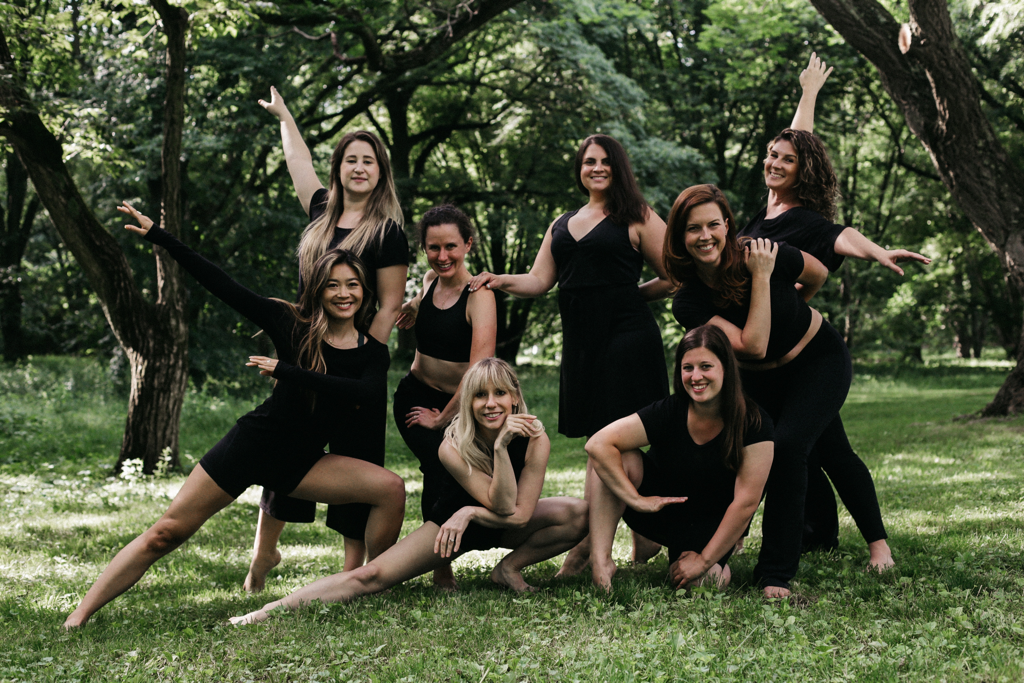
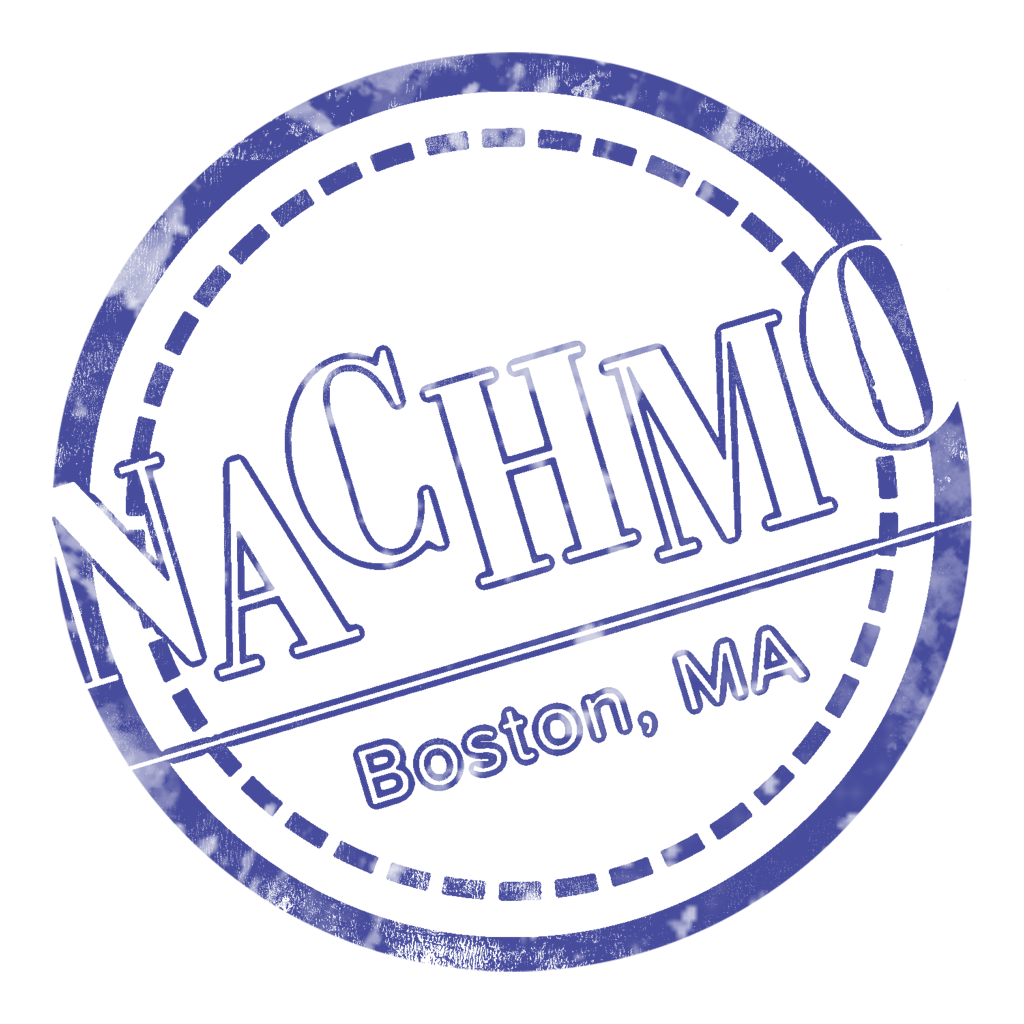
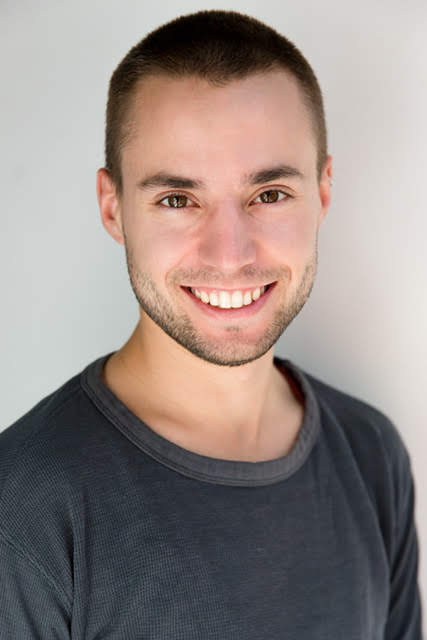
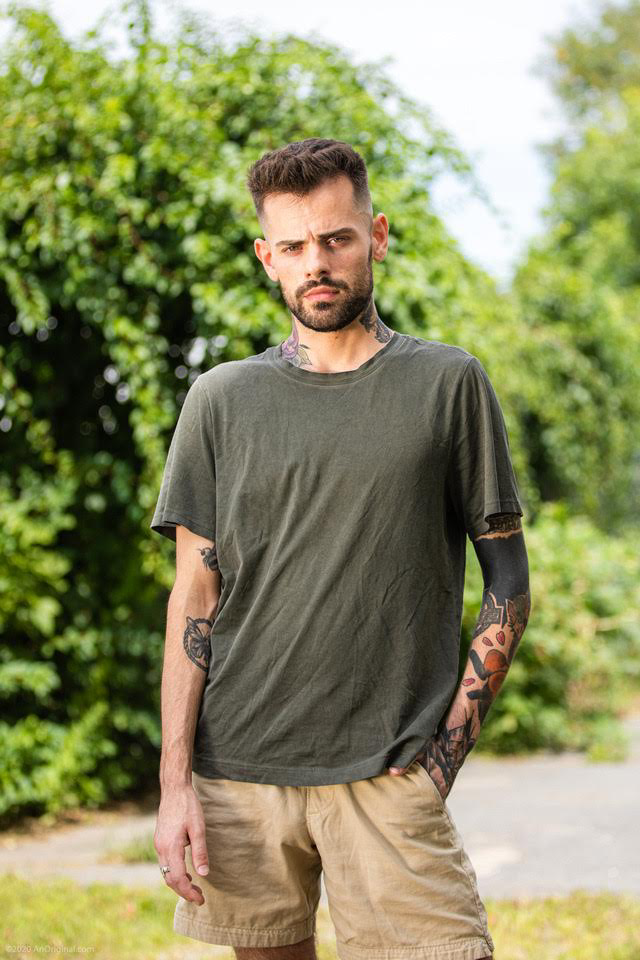
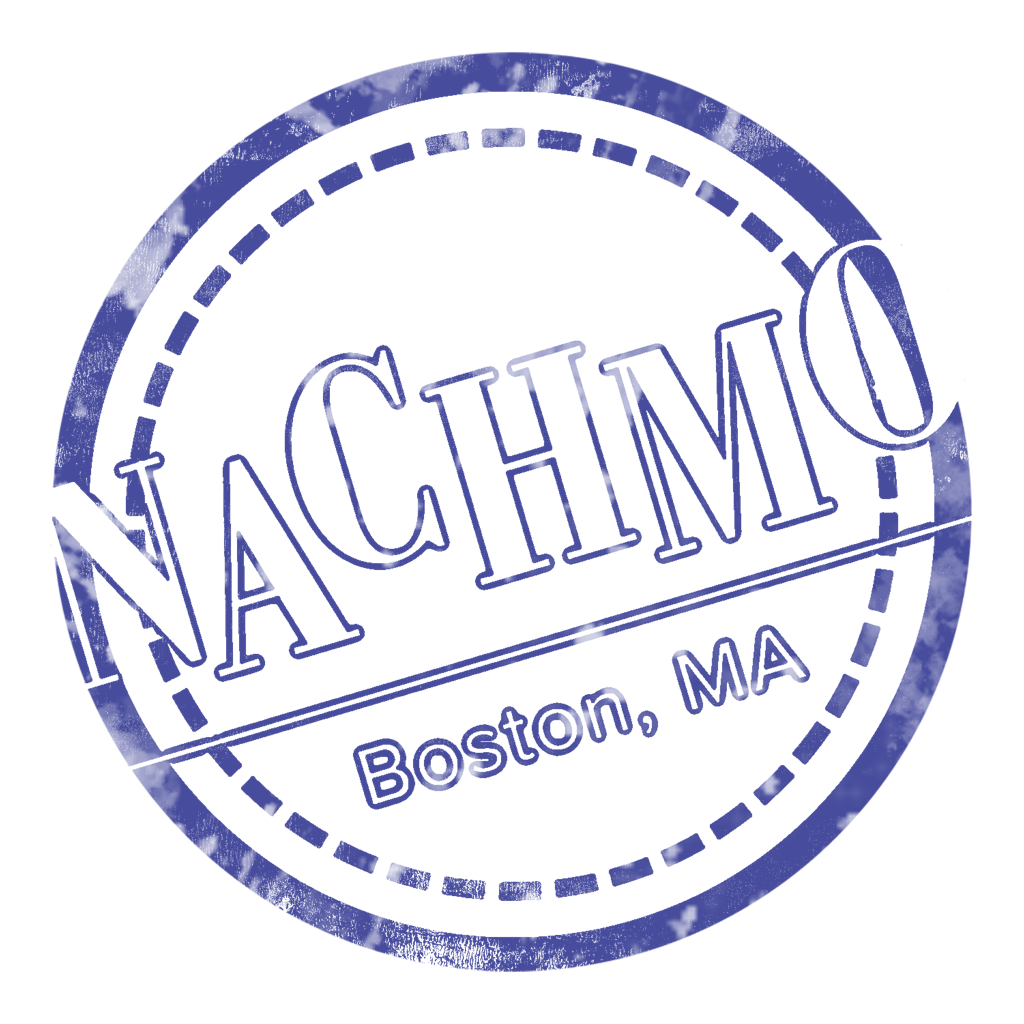
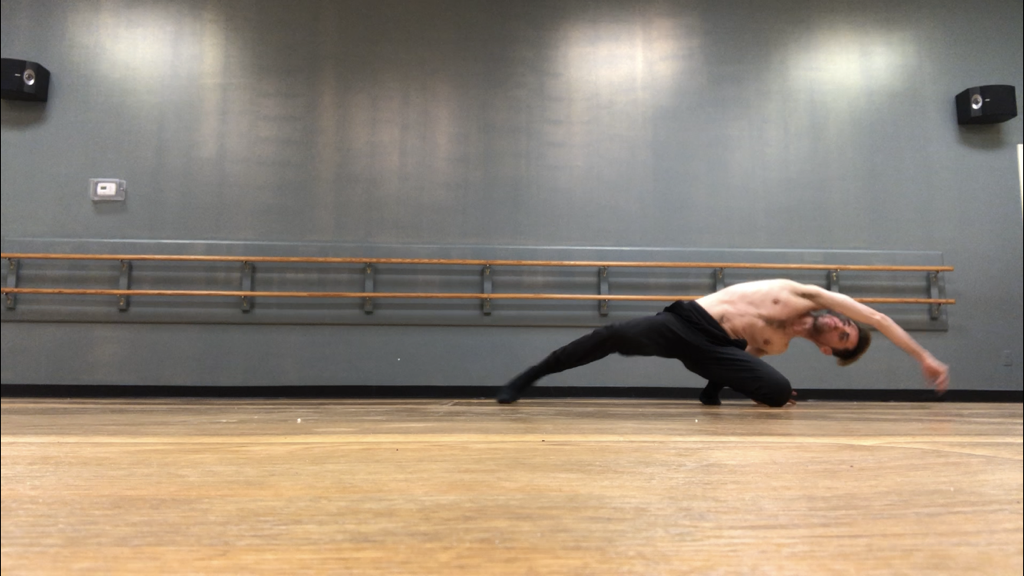
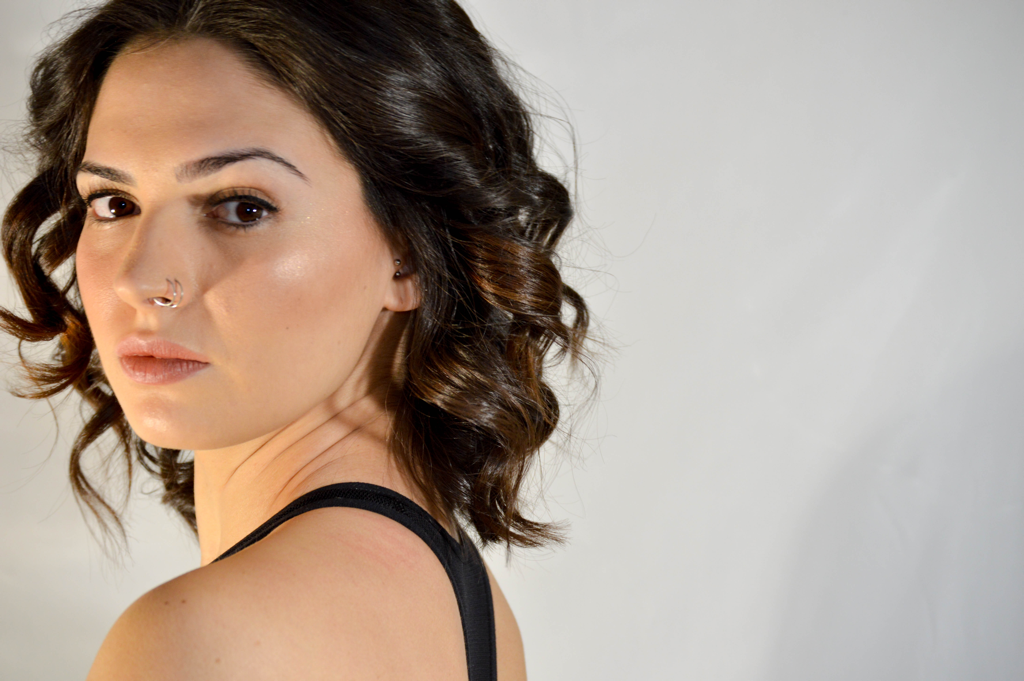
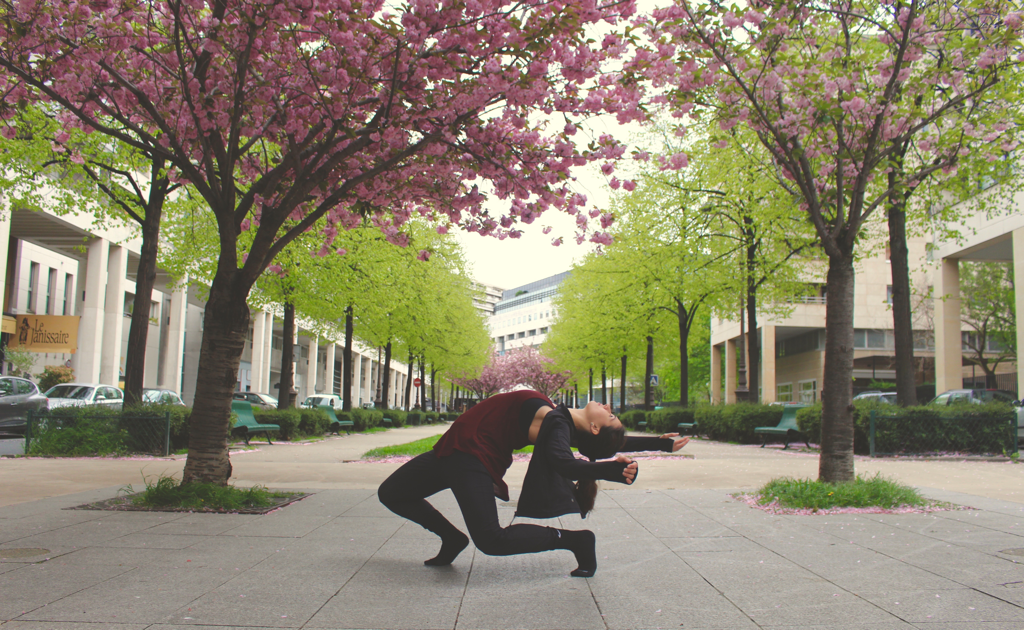
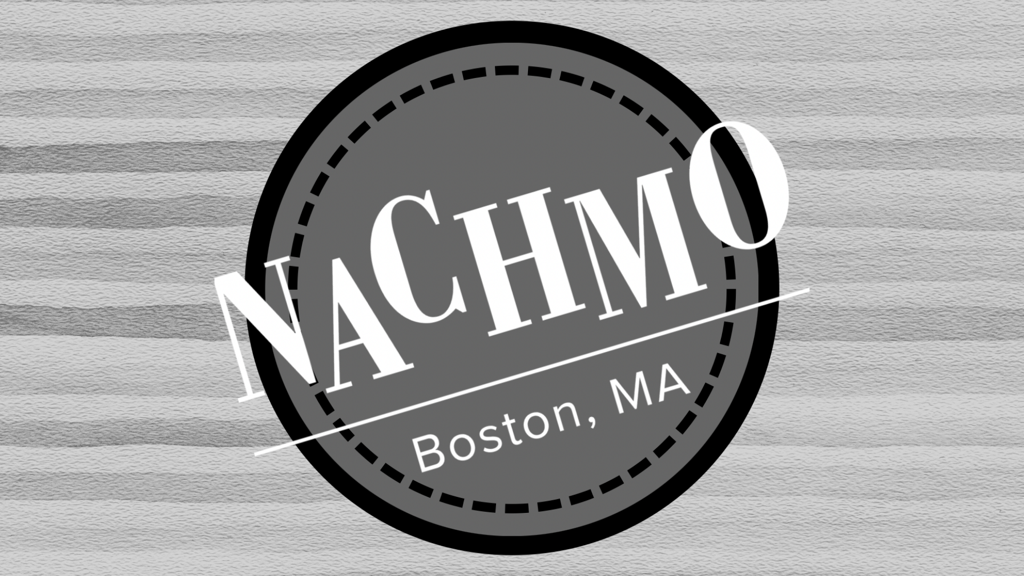
 RSS Feed
RSS Feed
